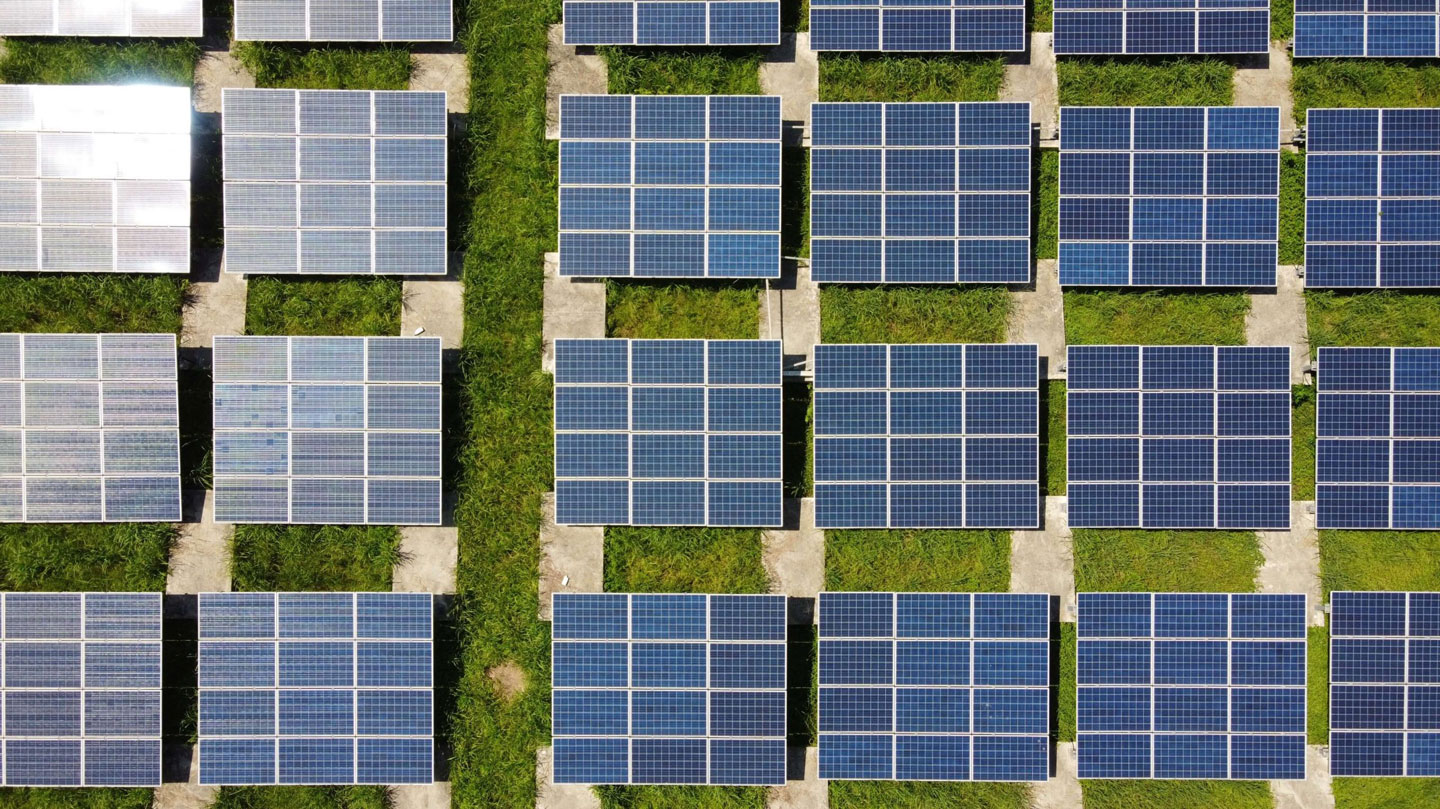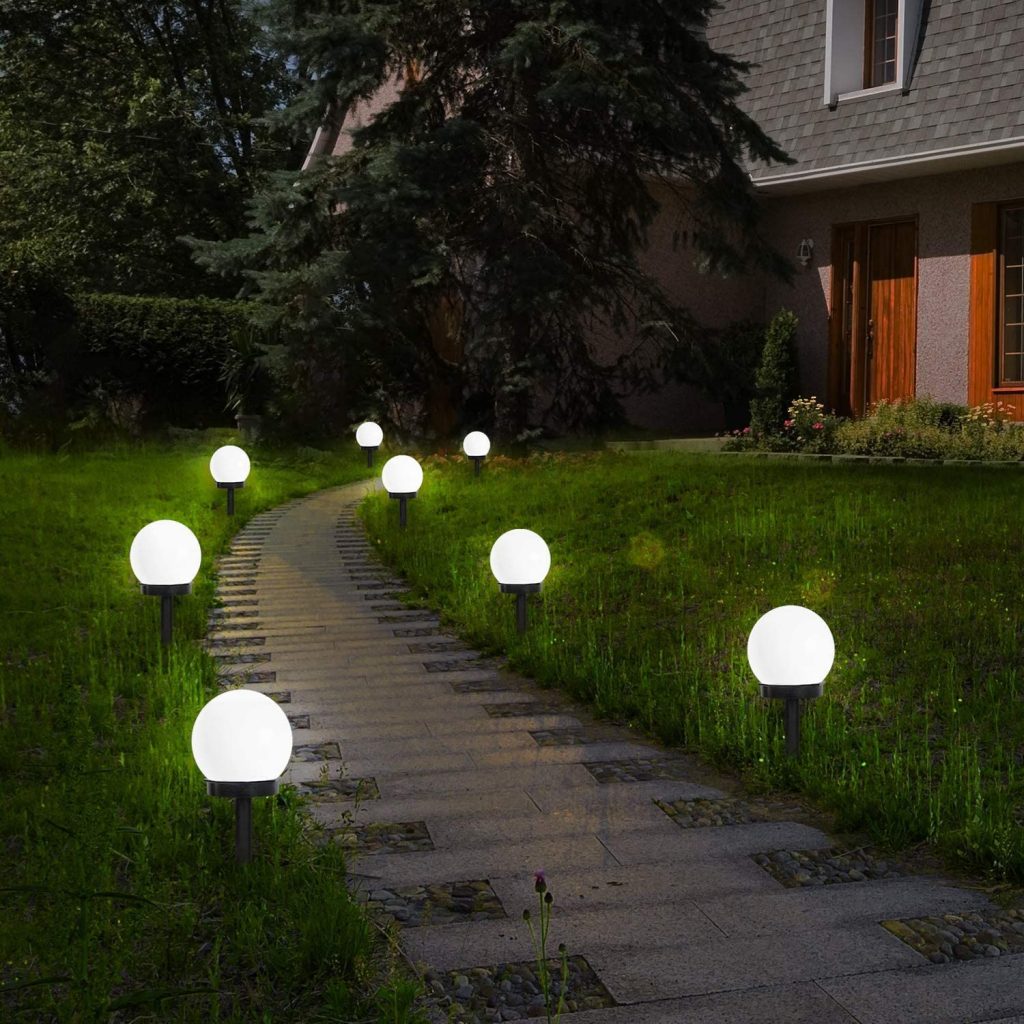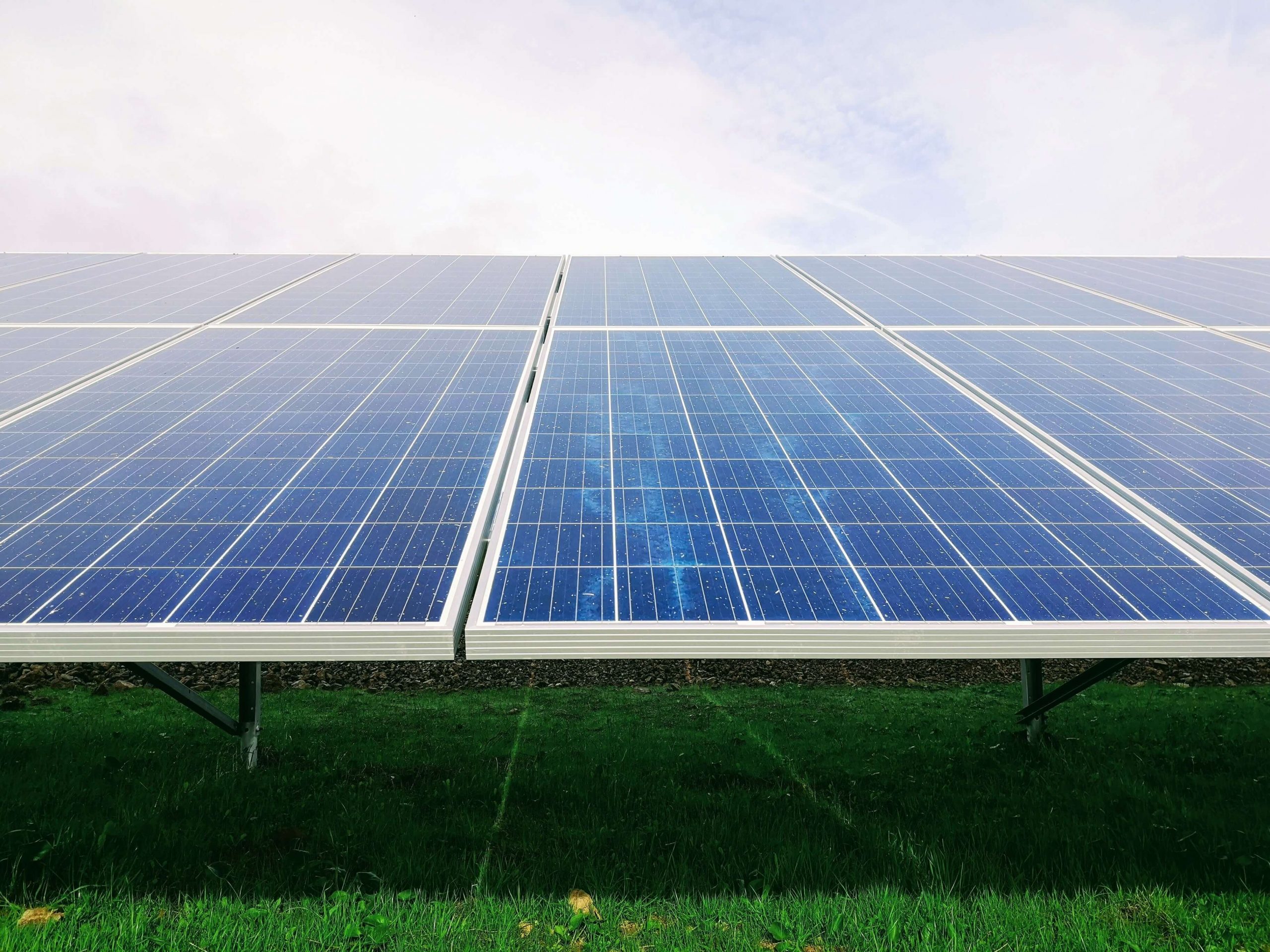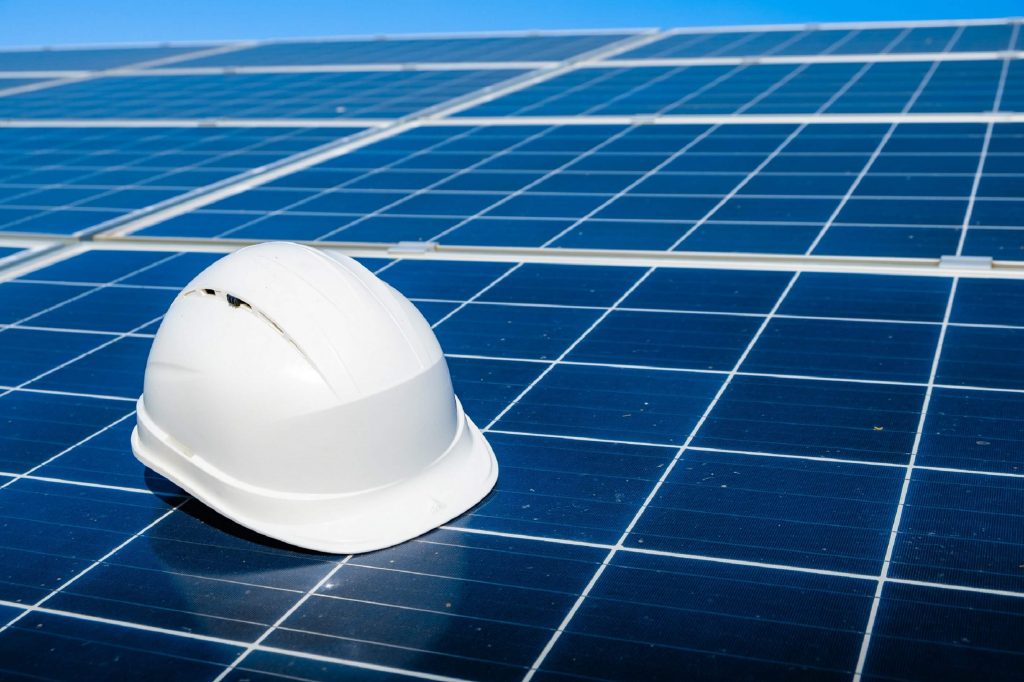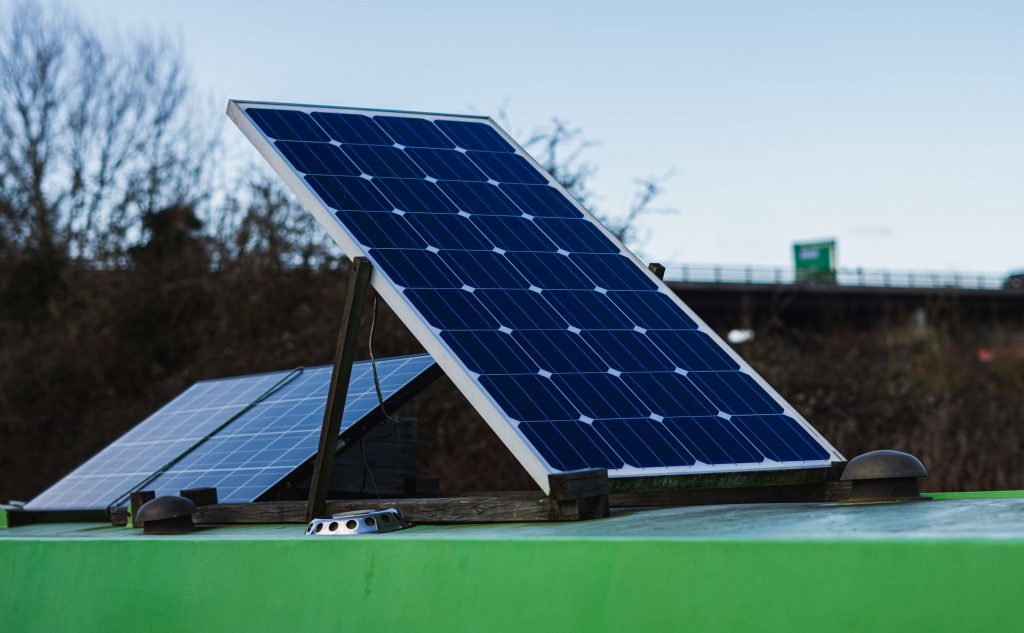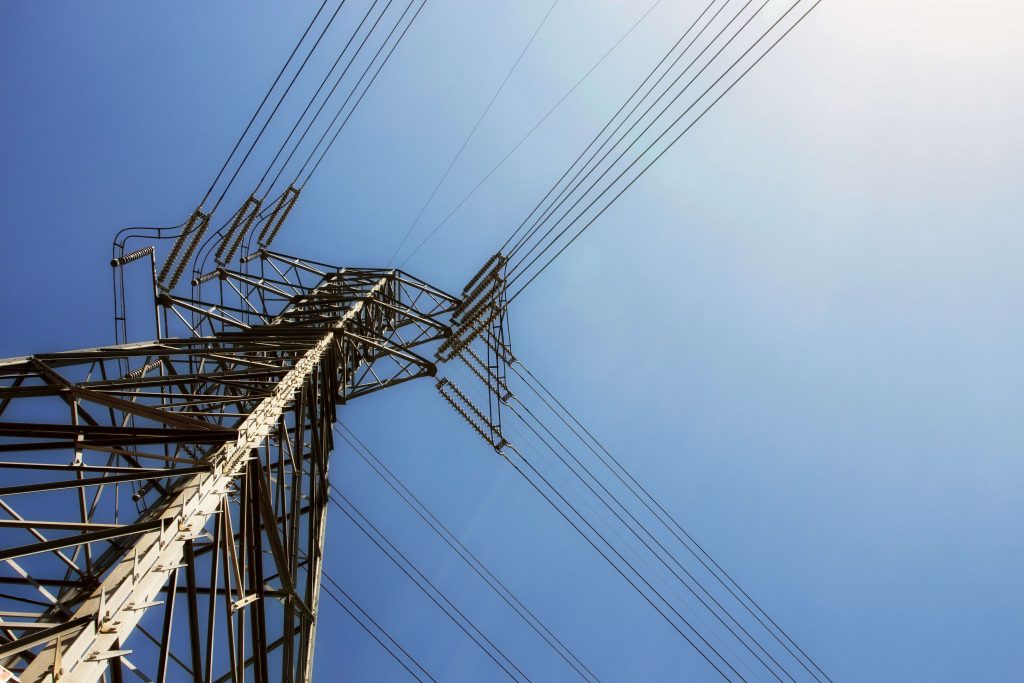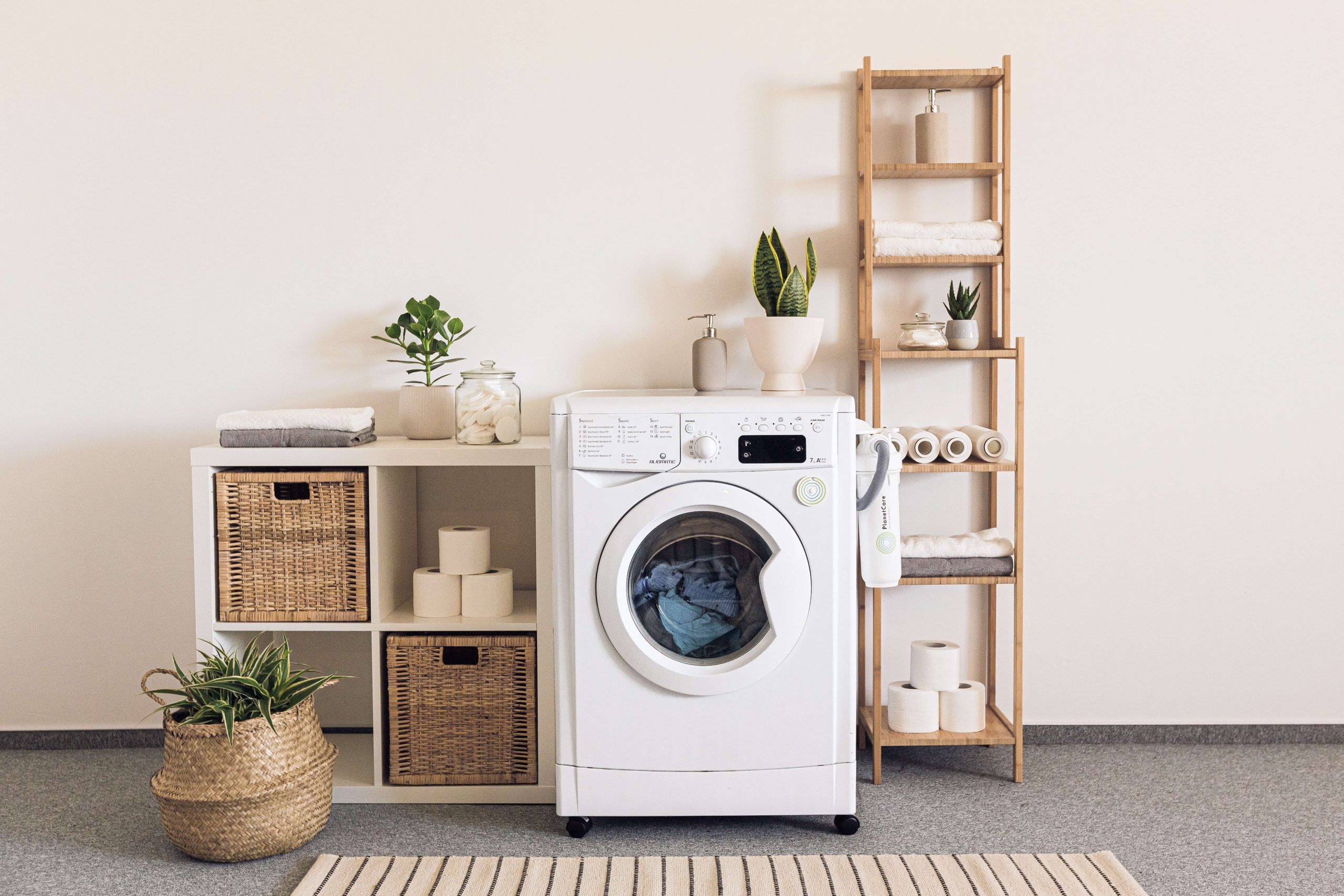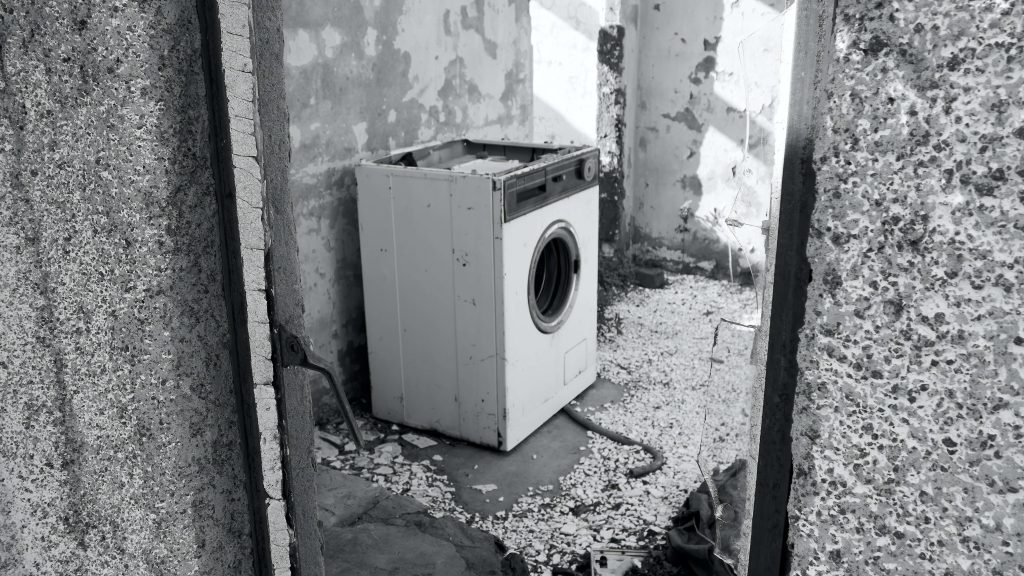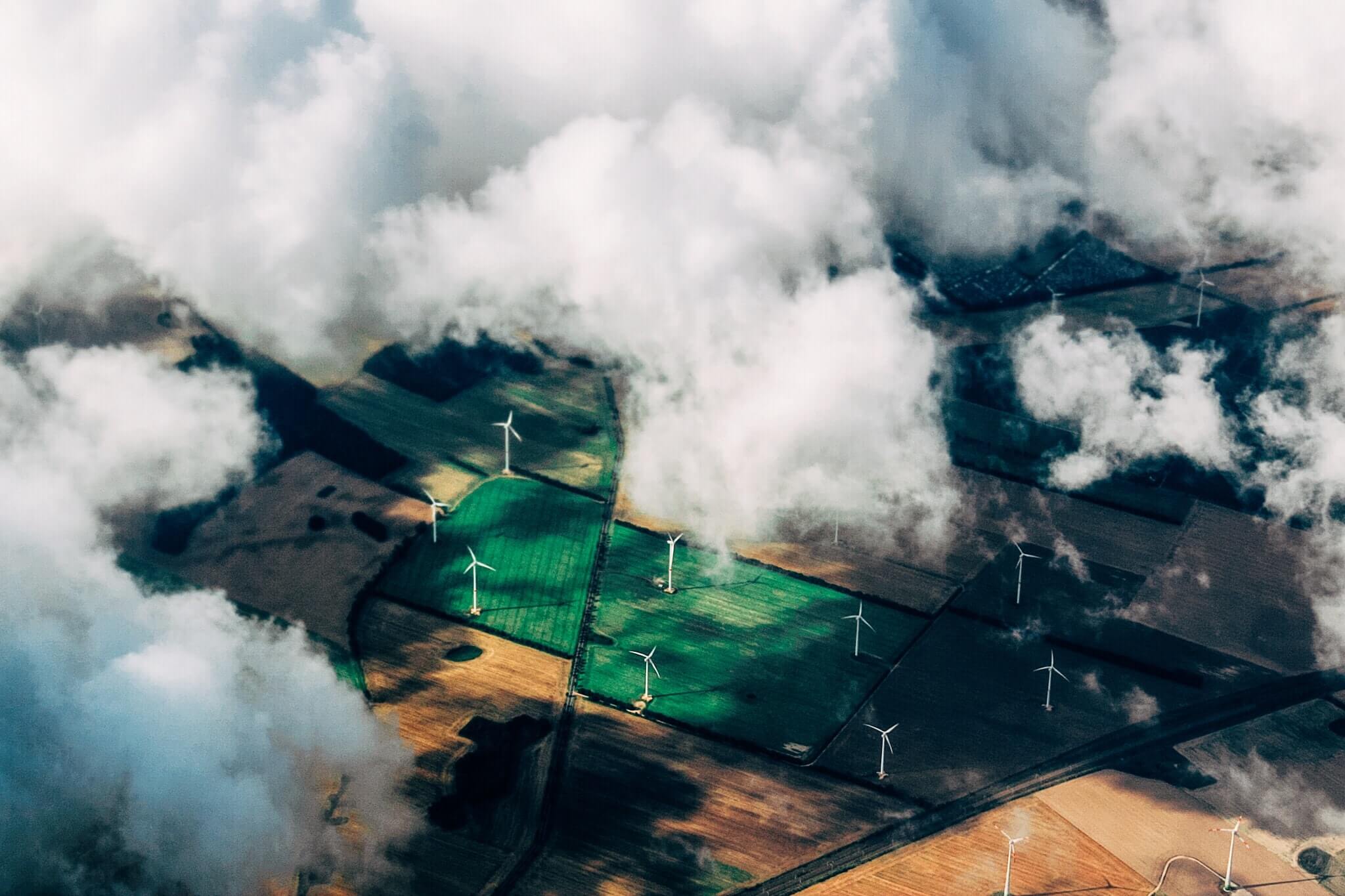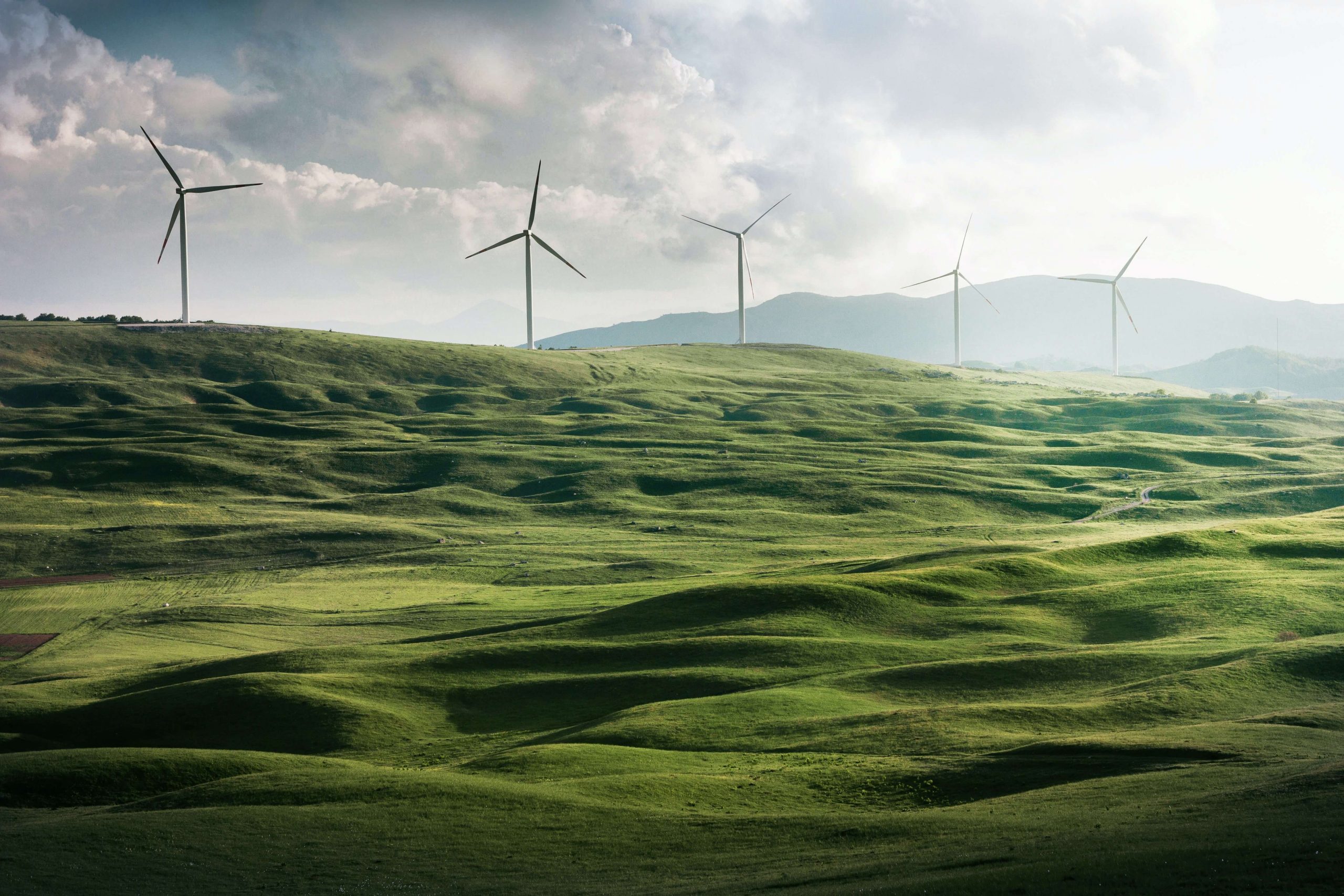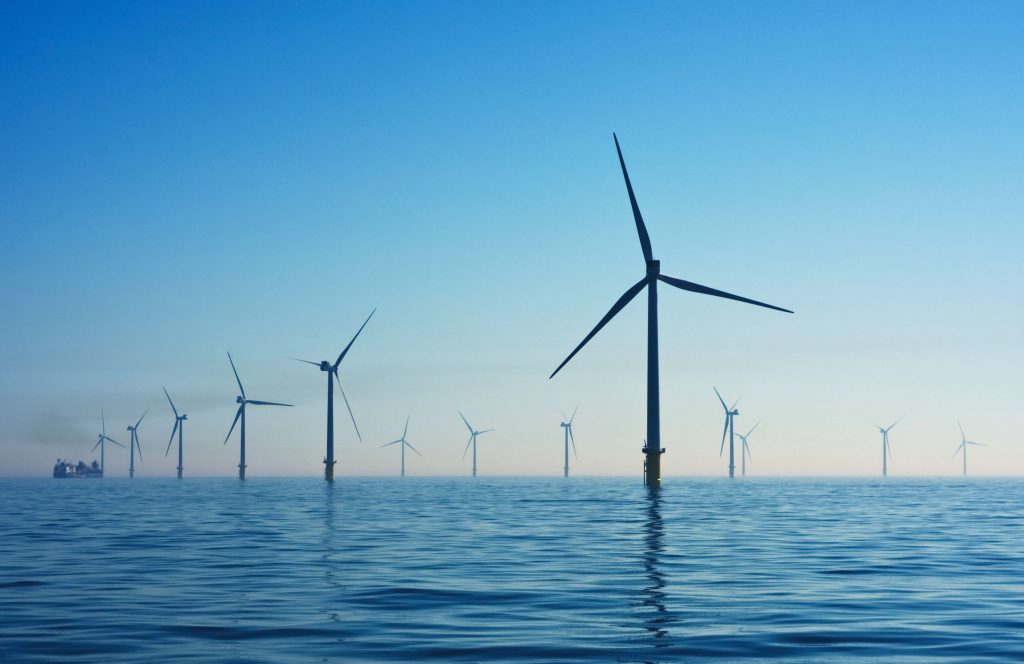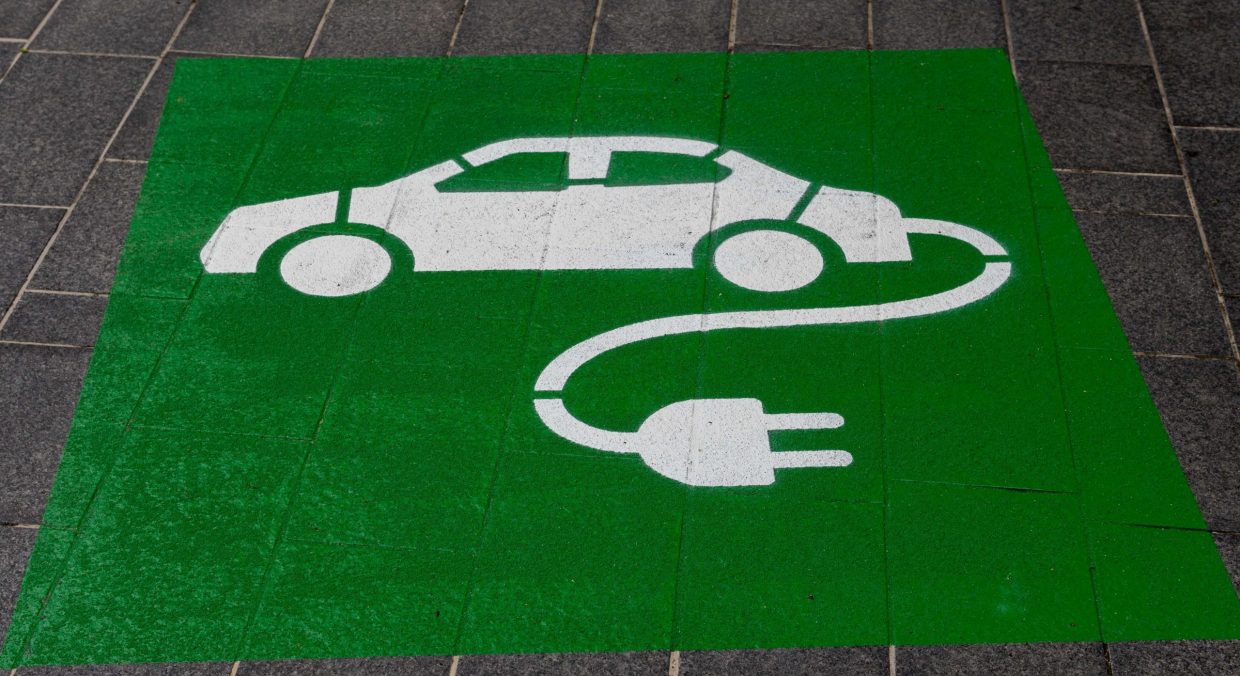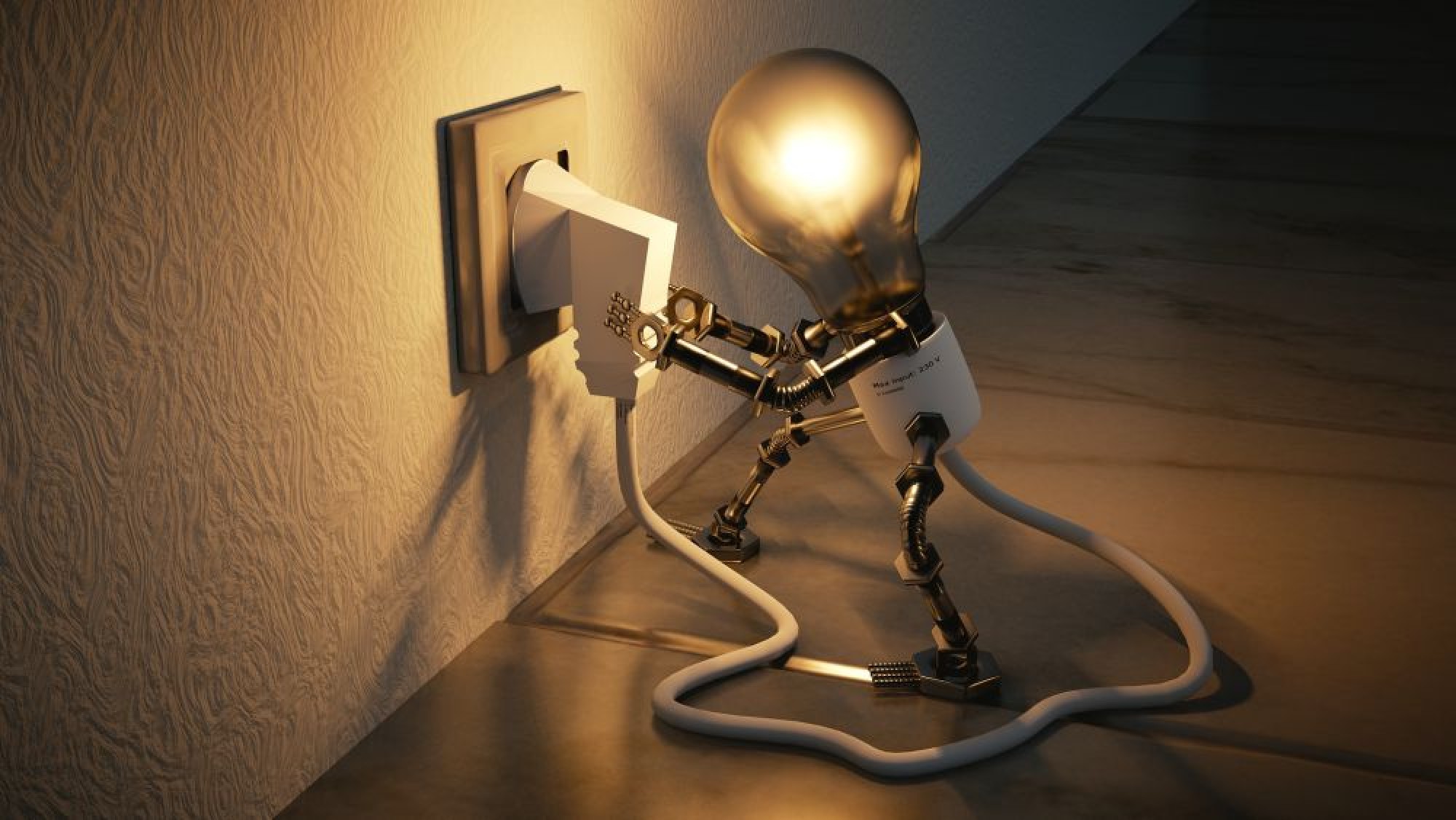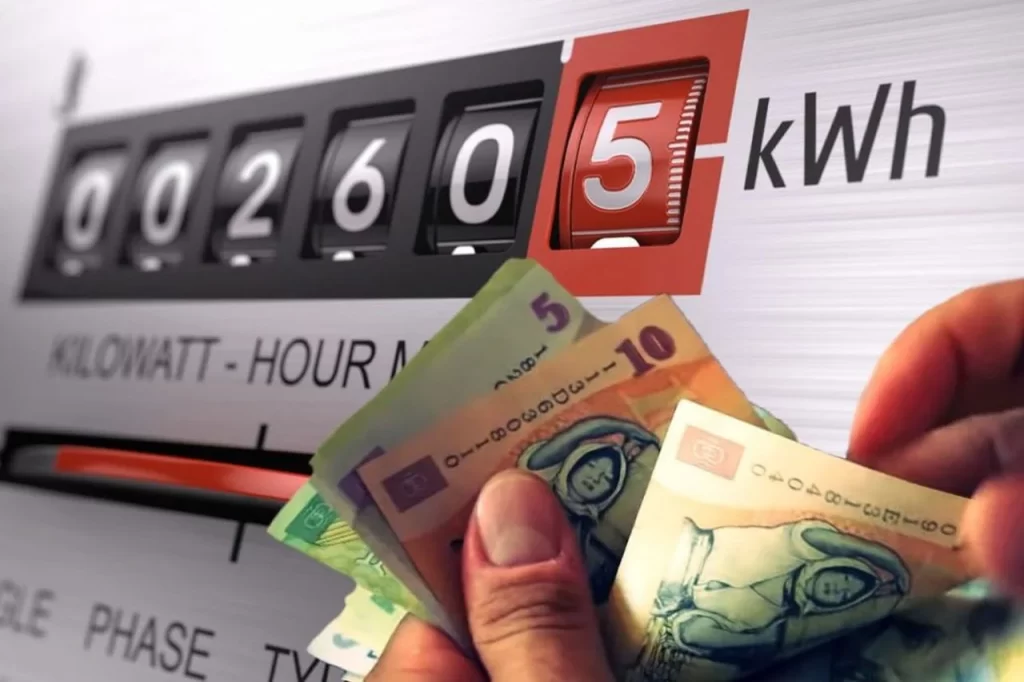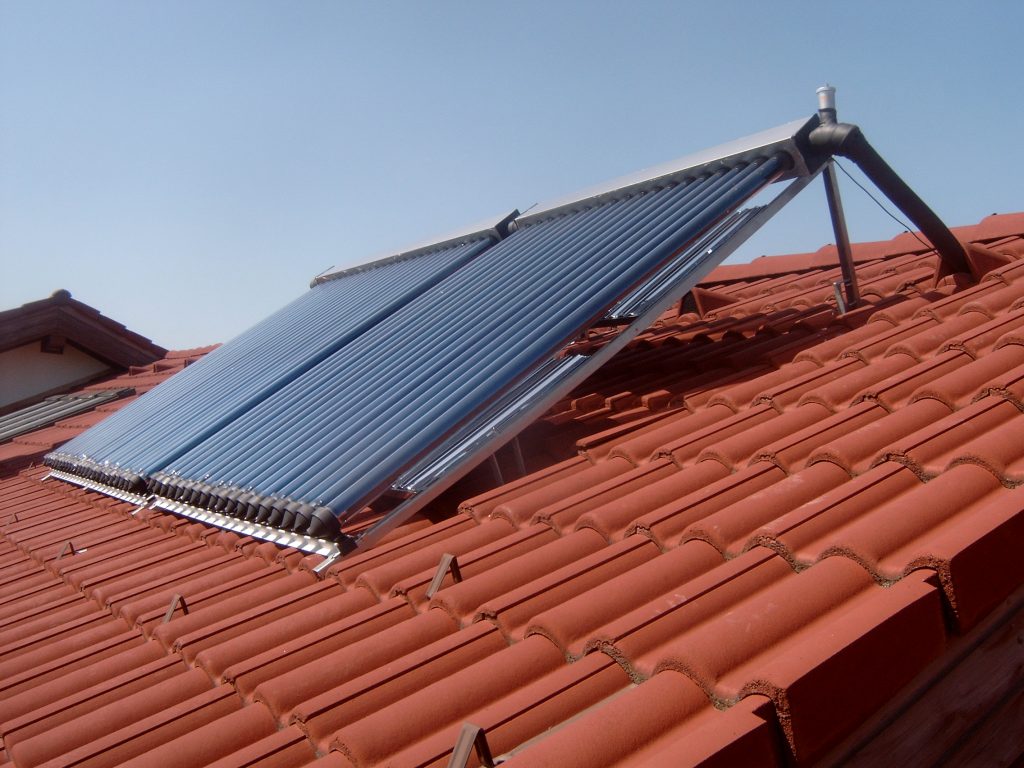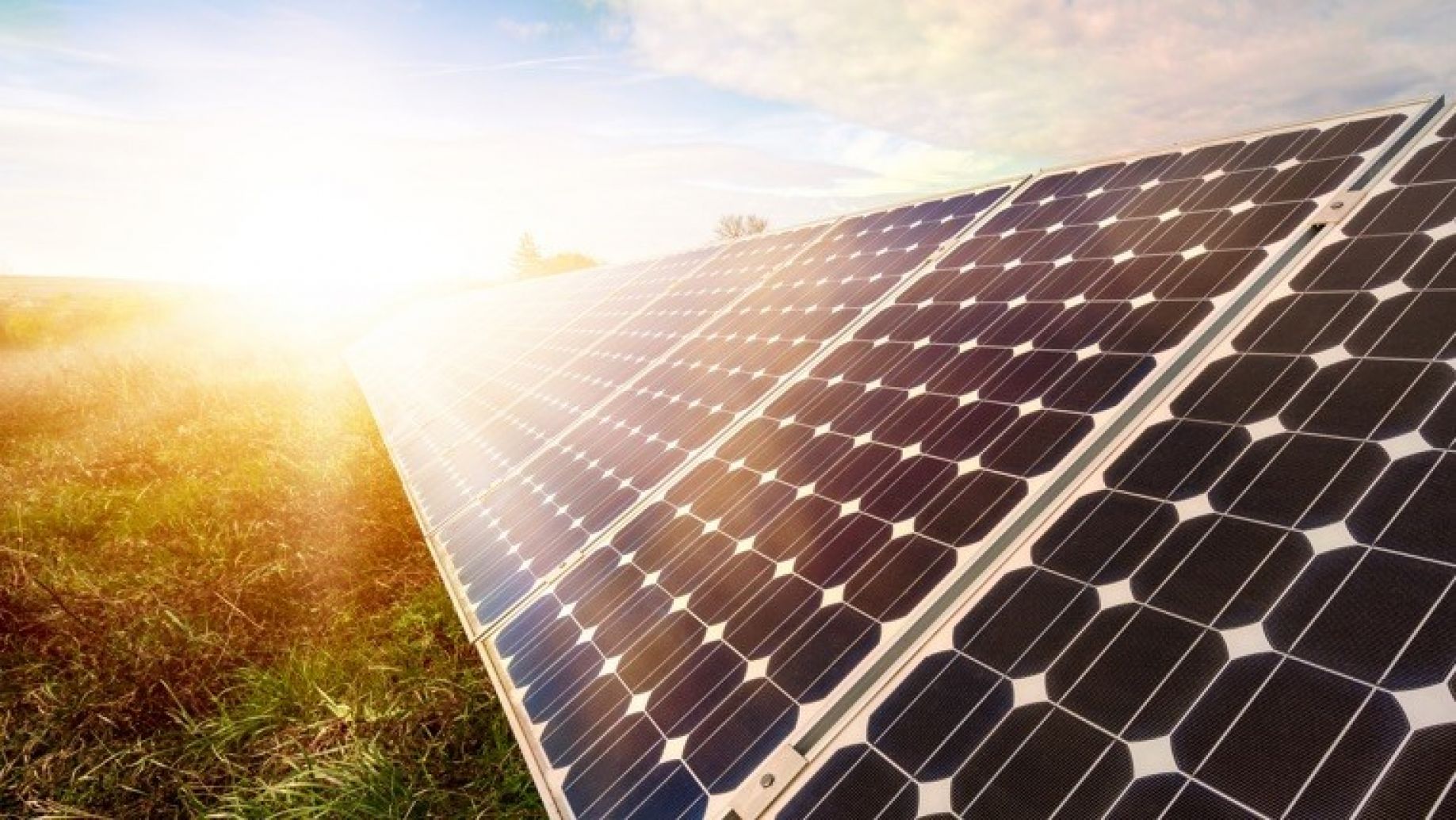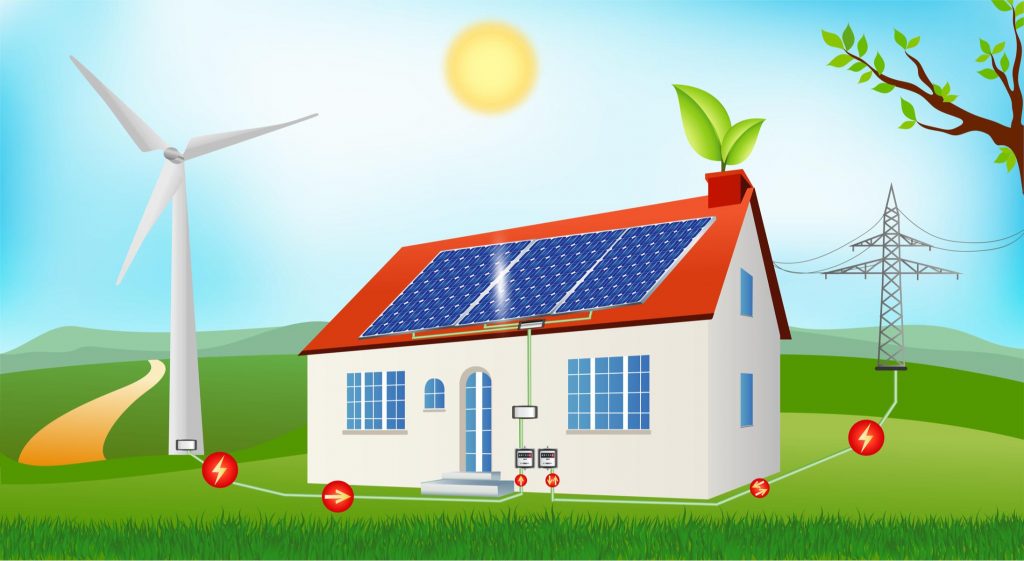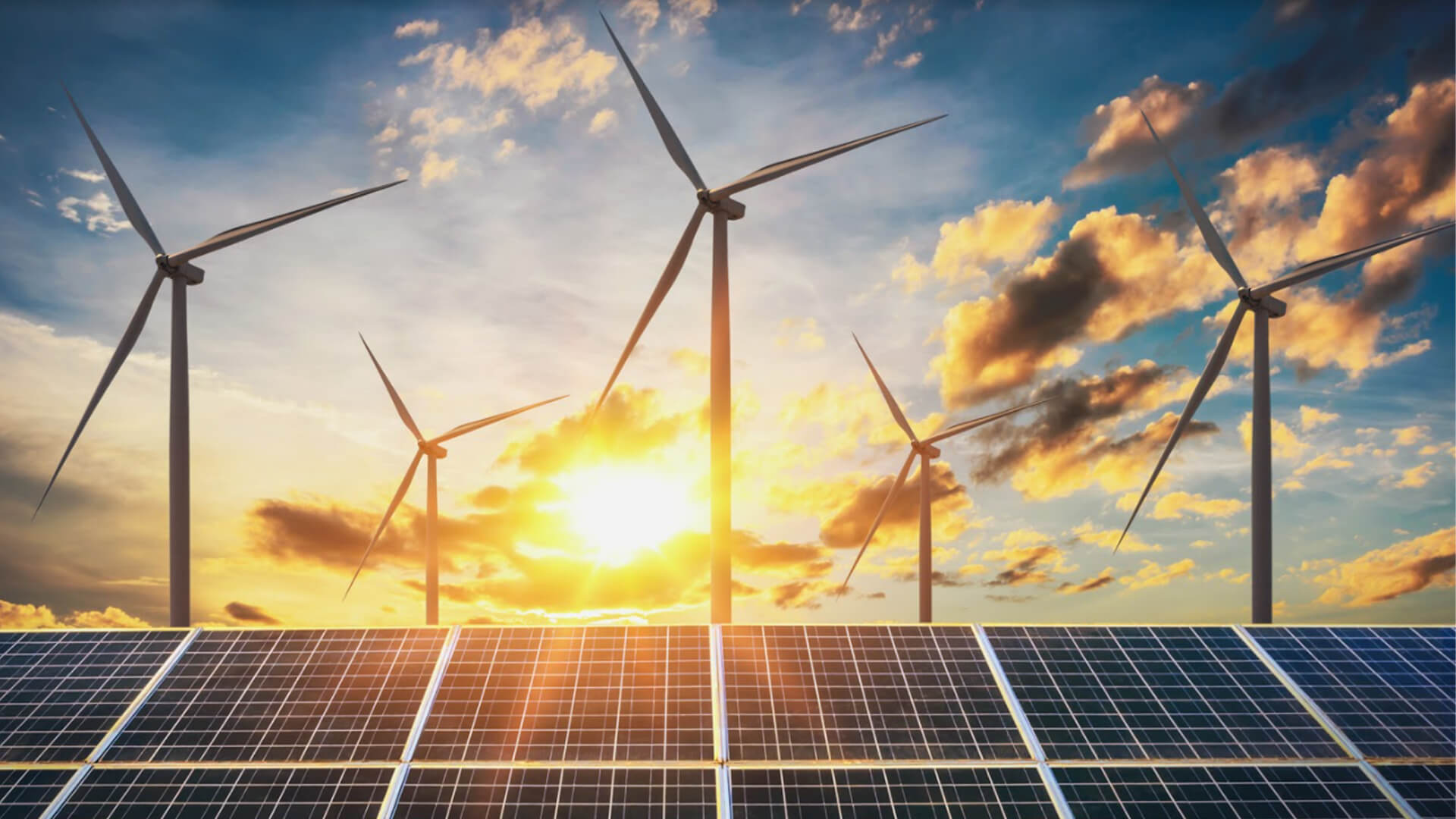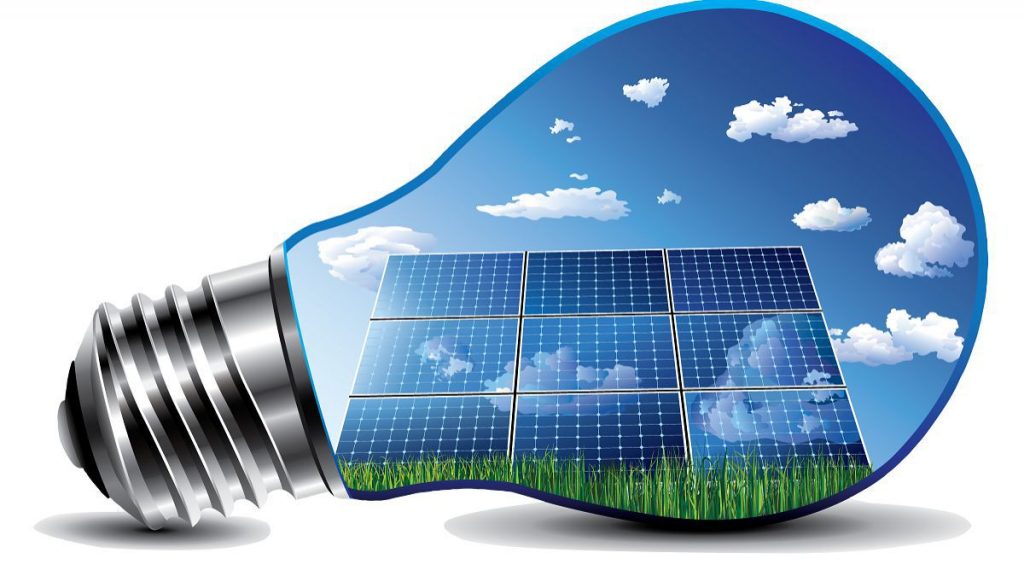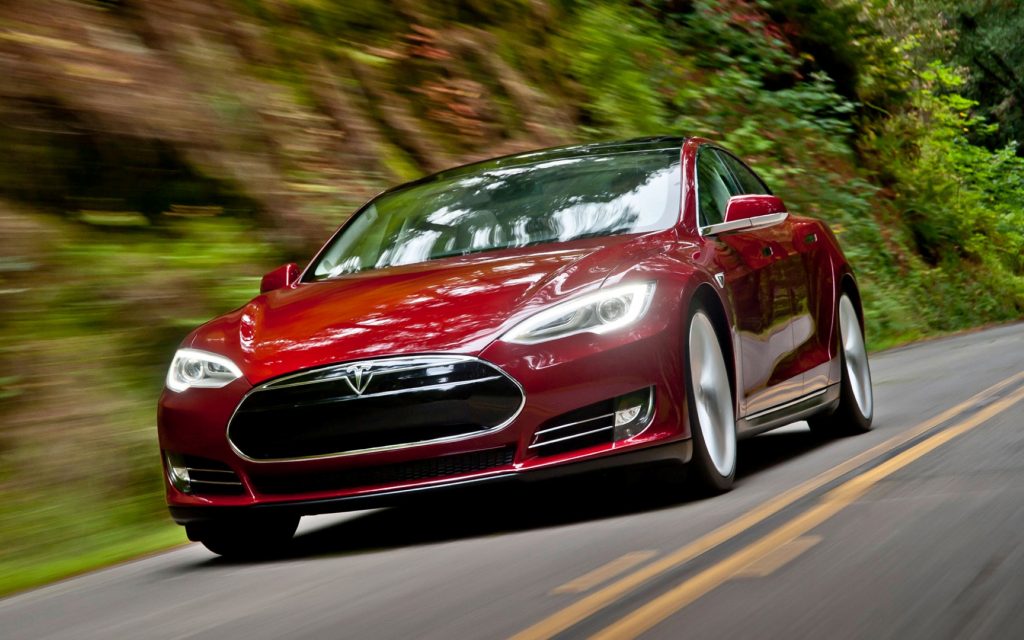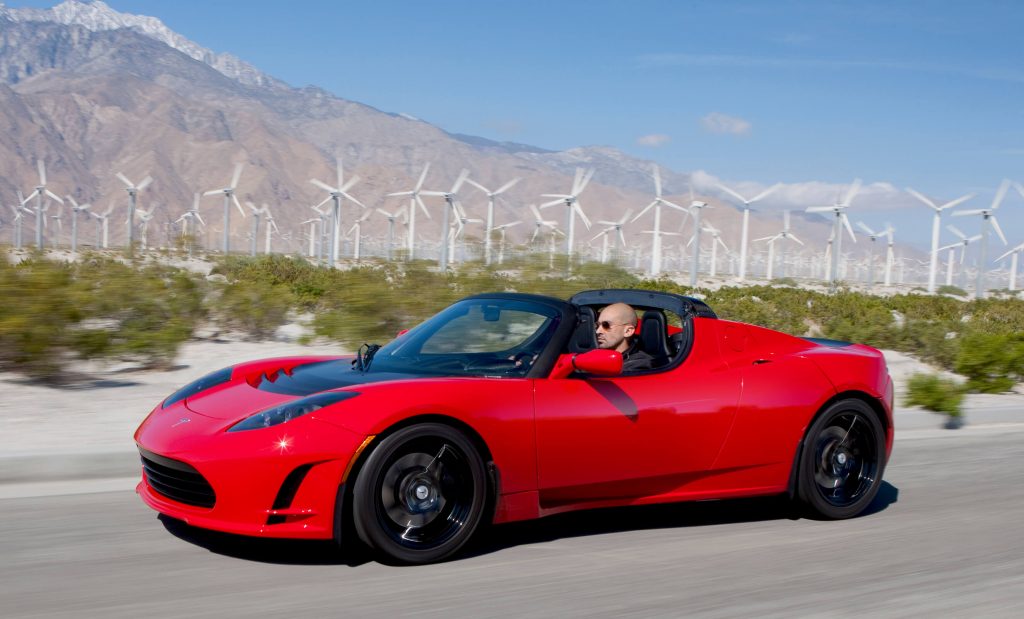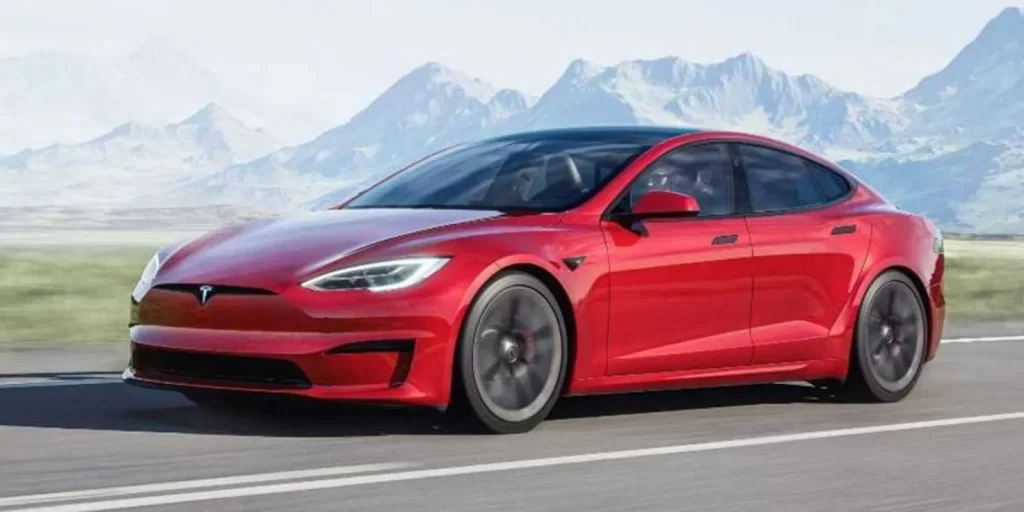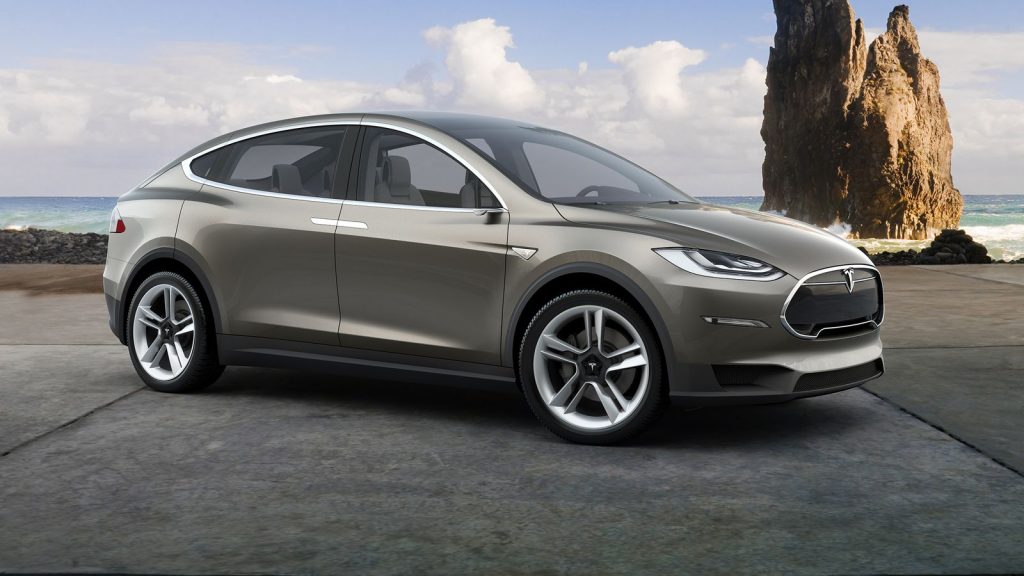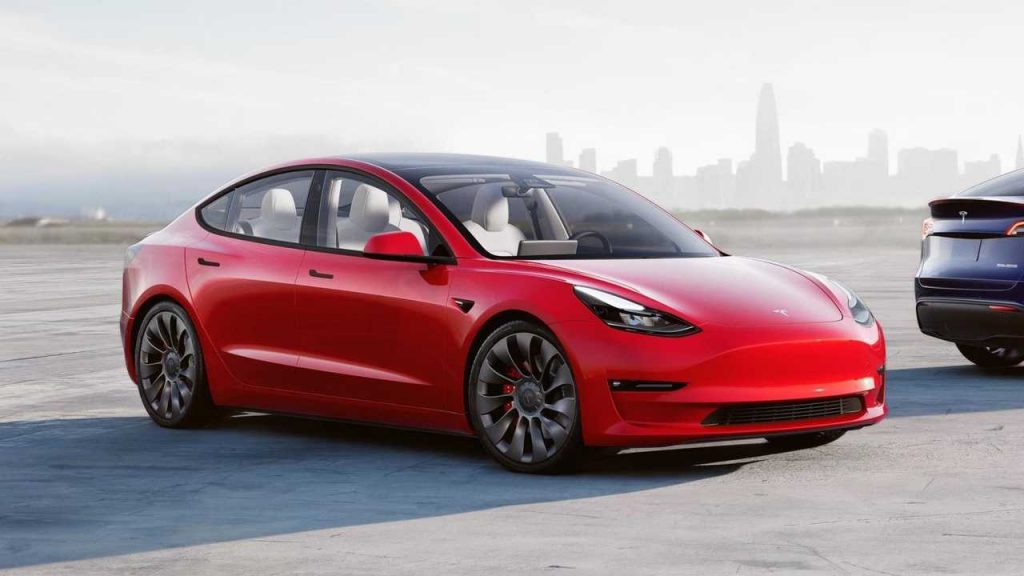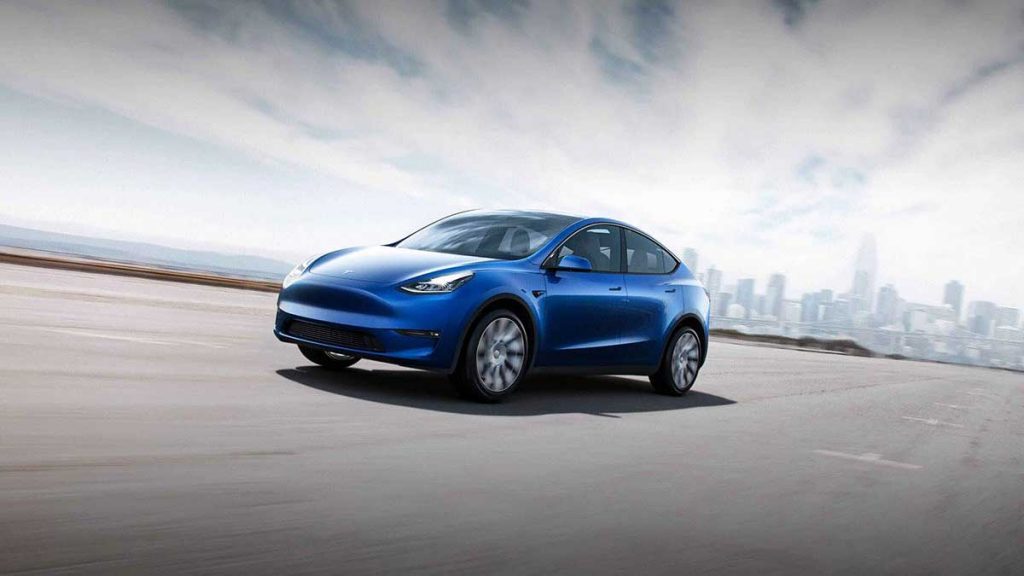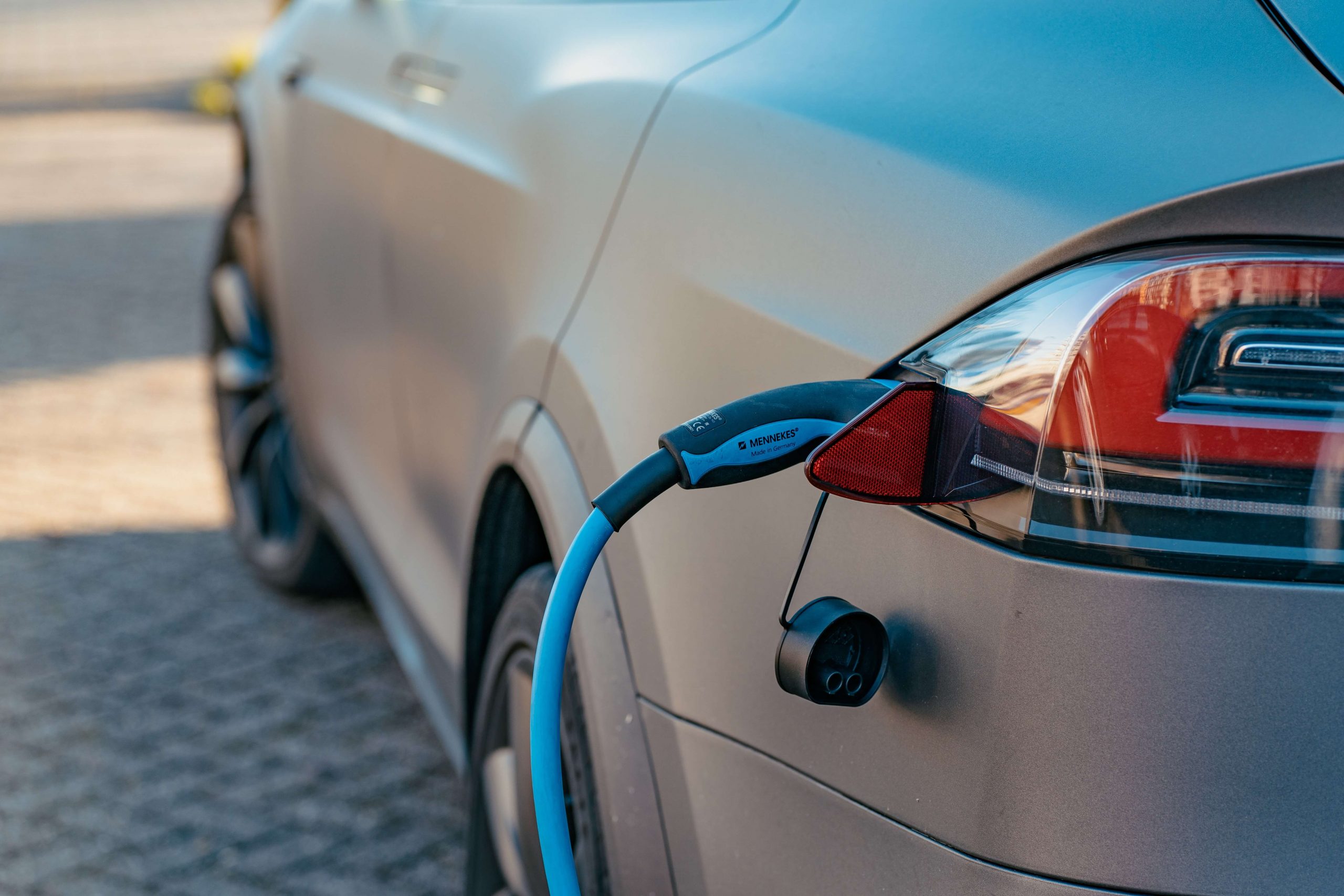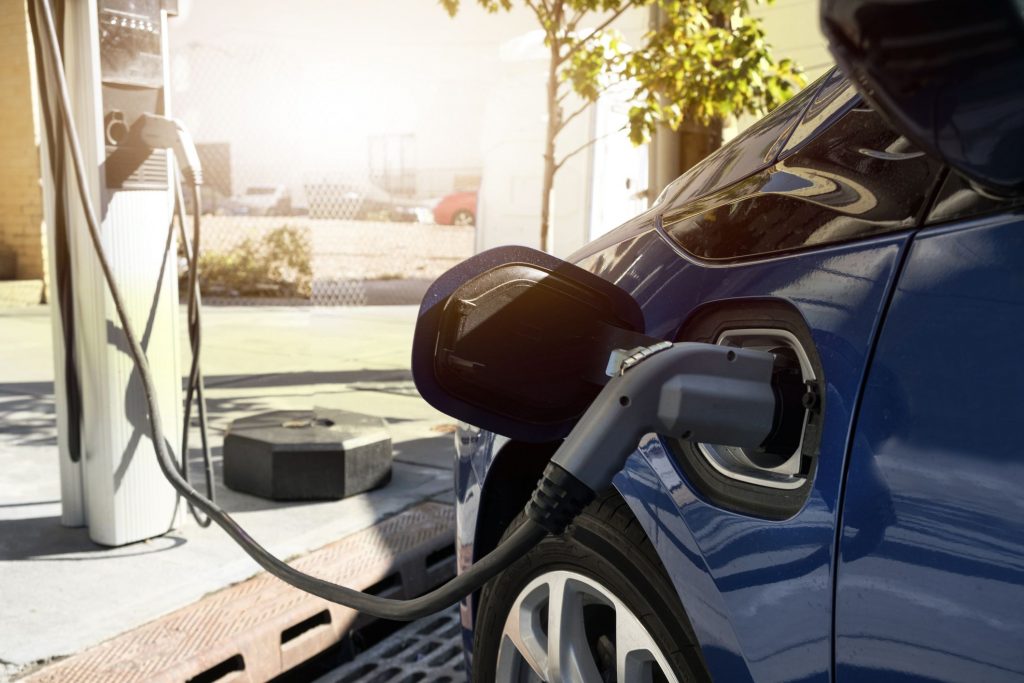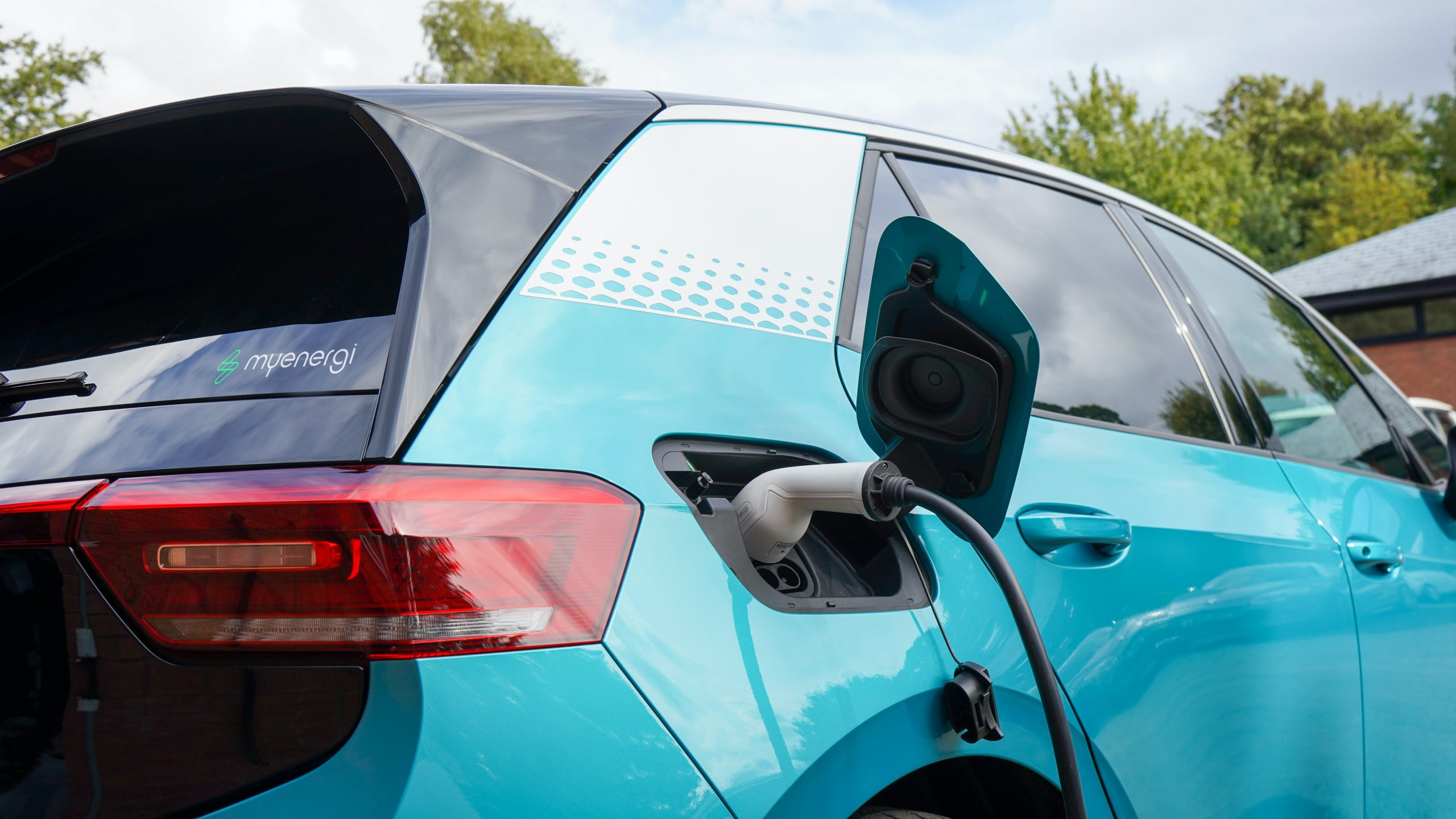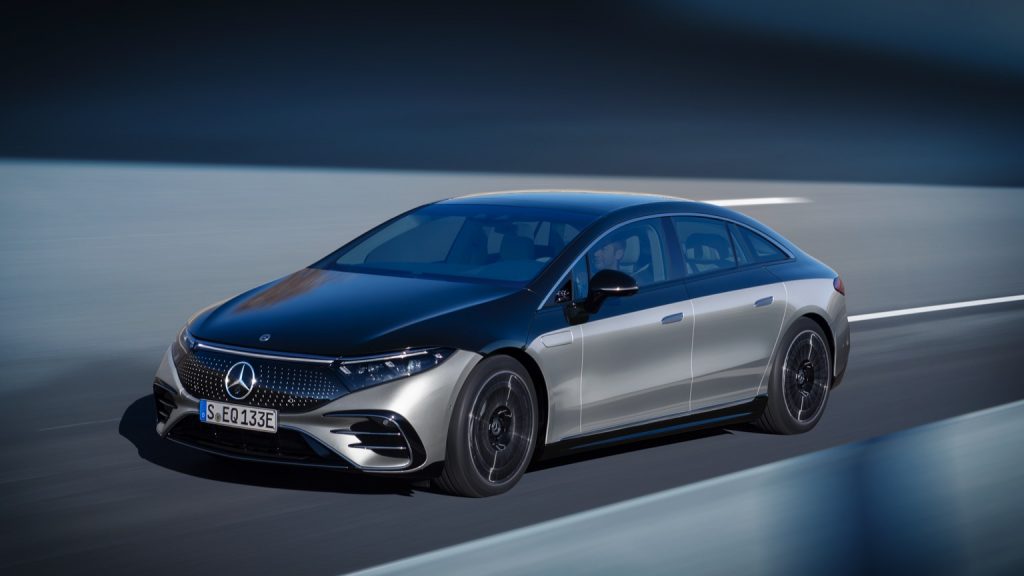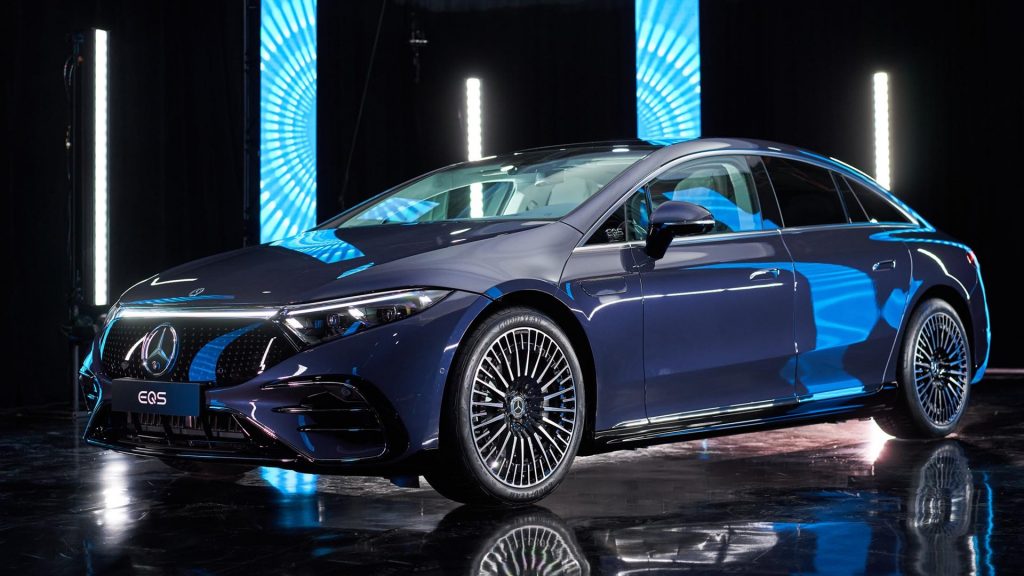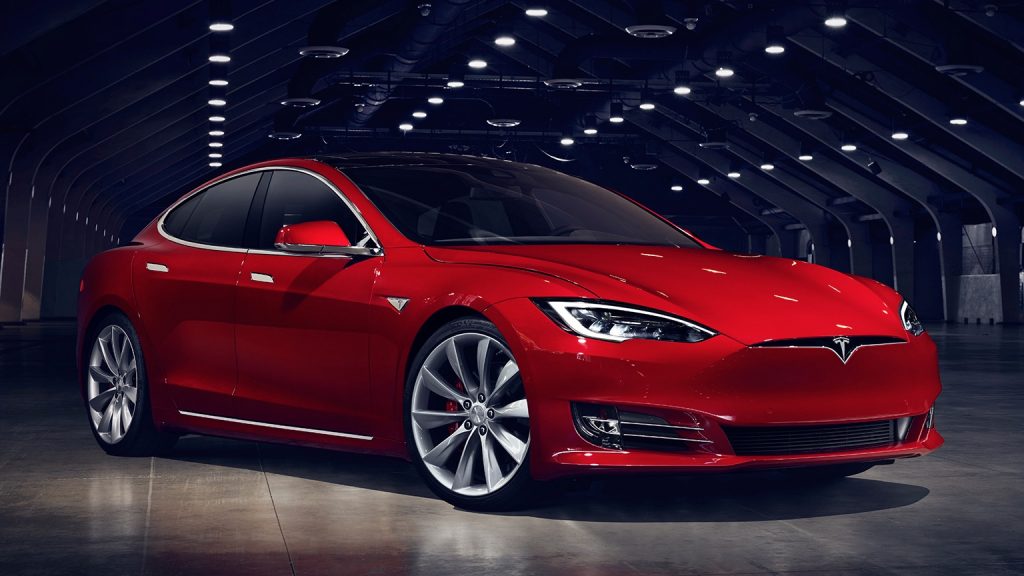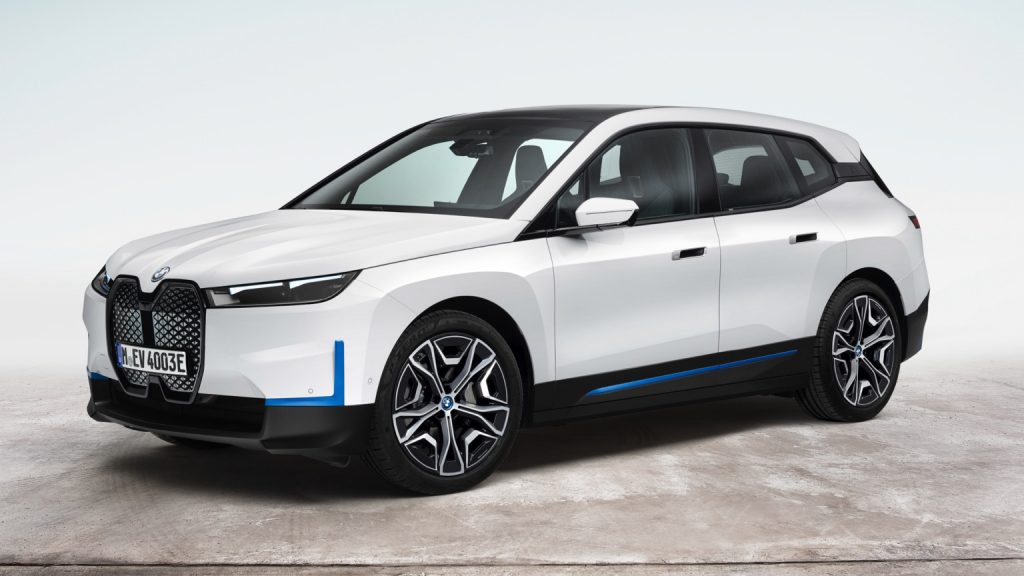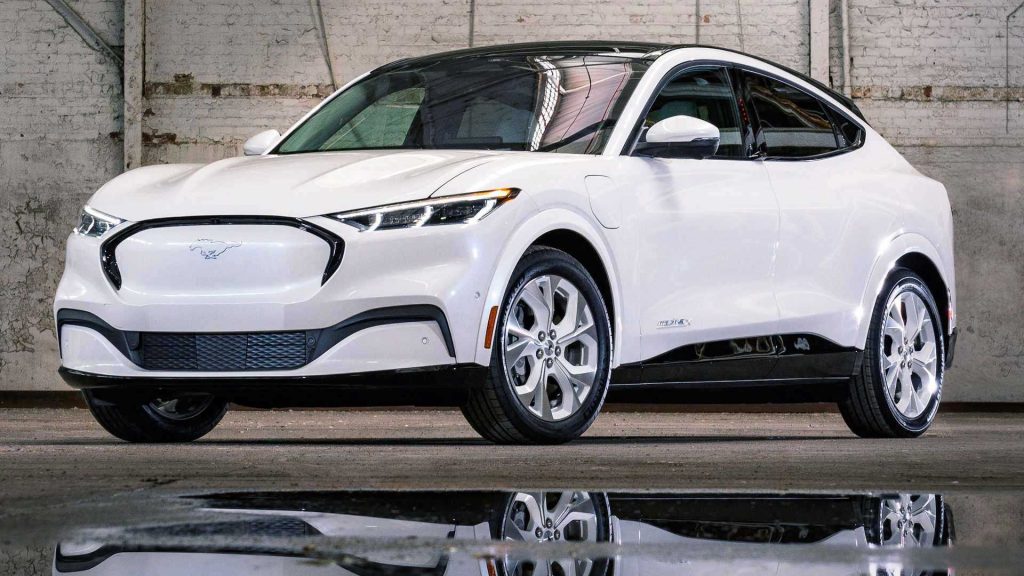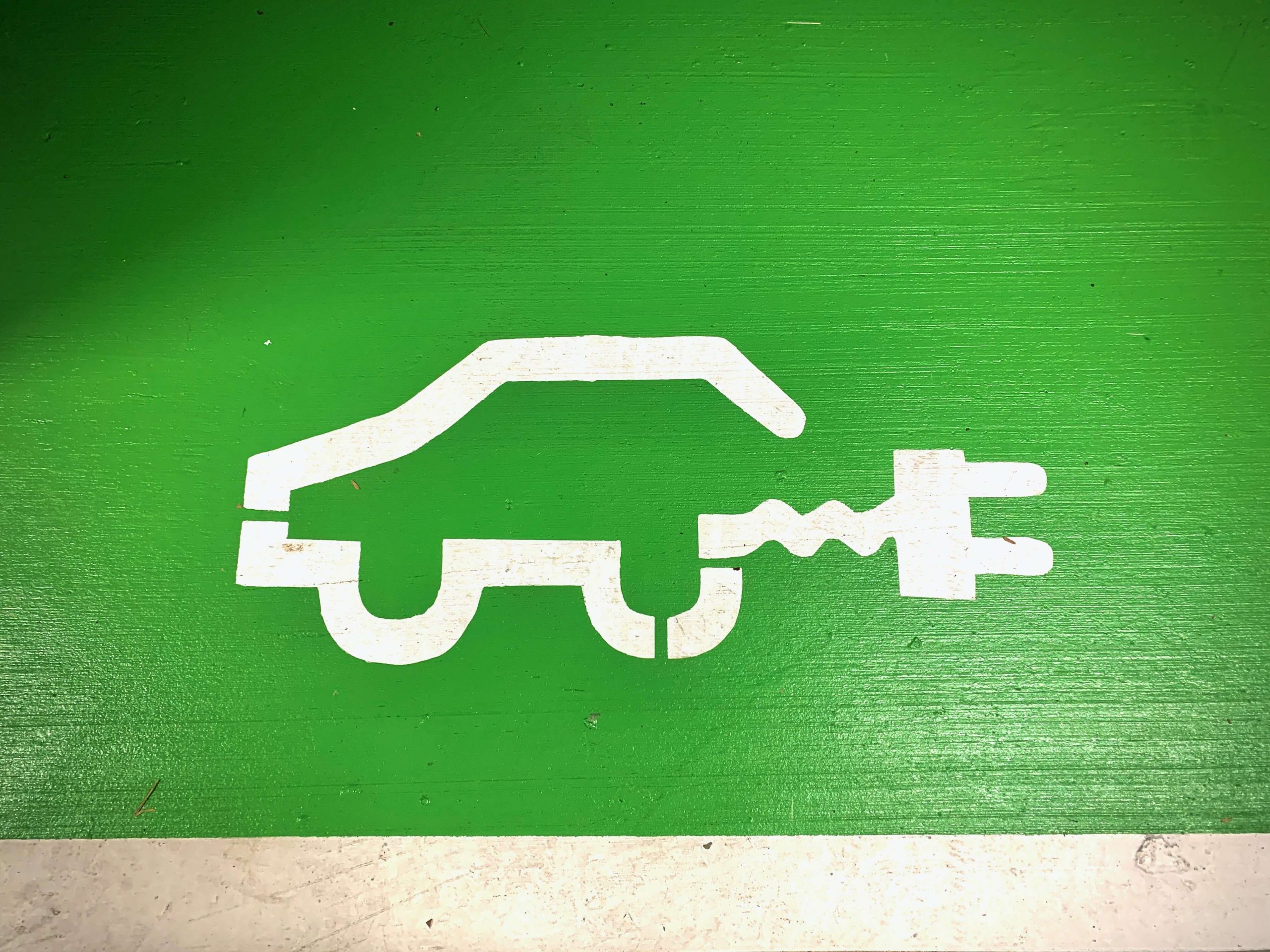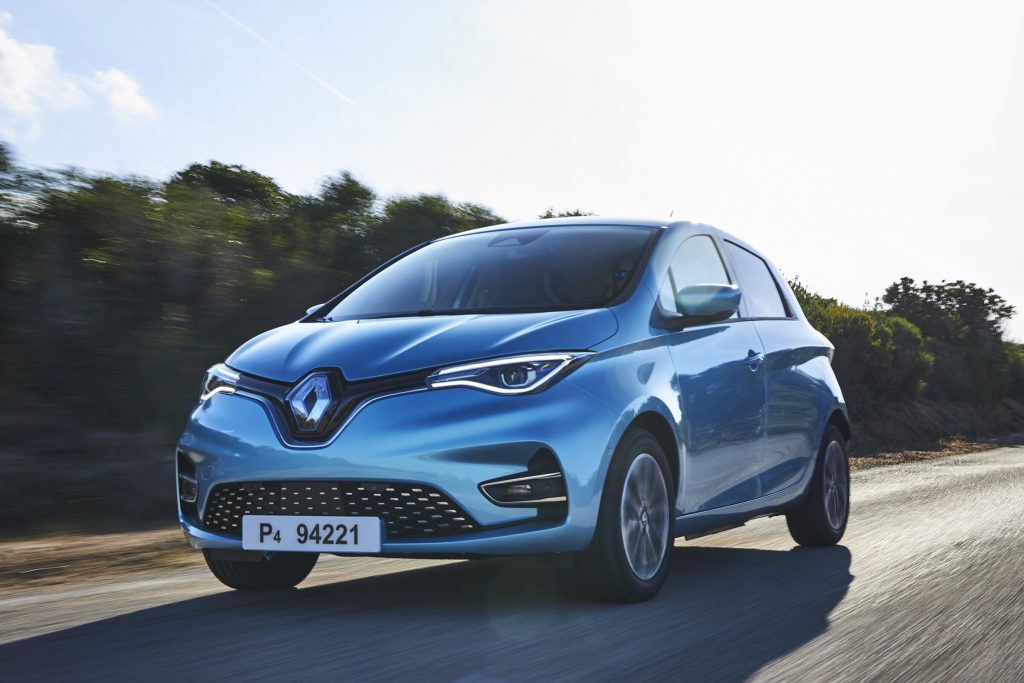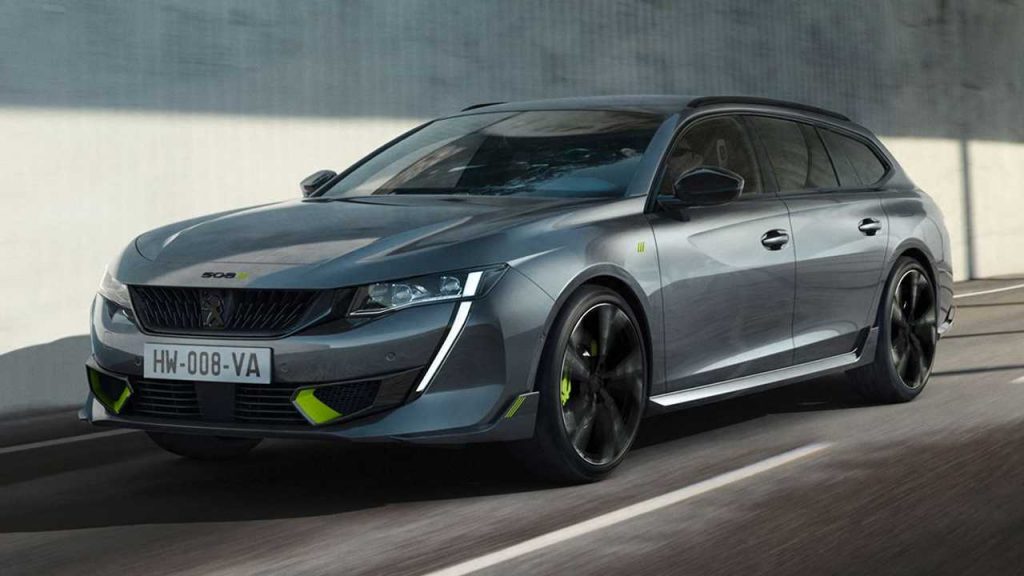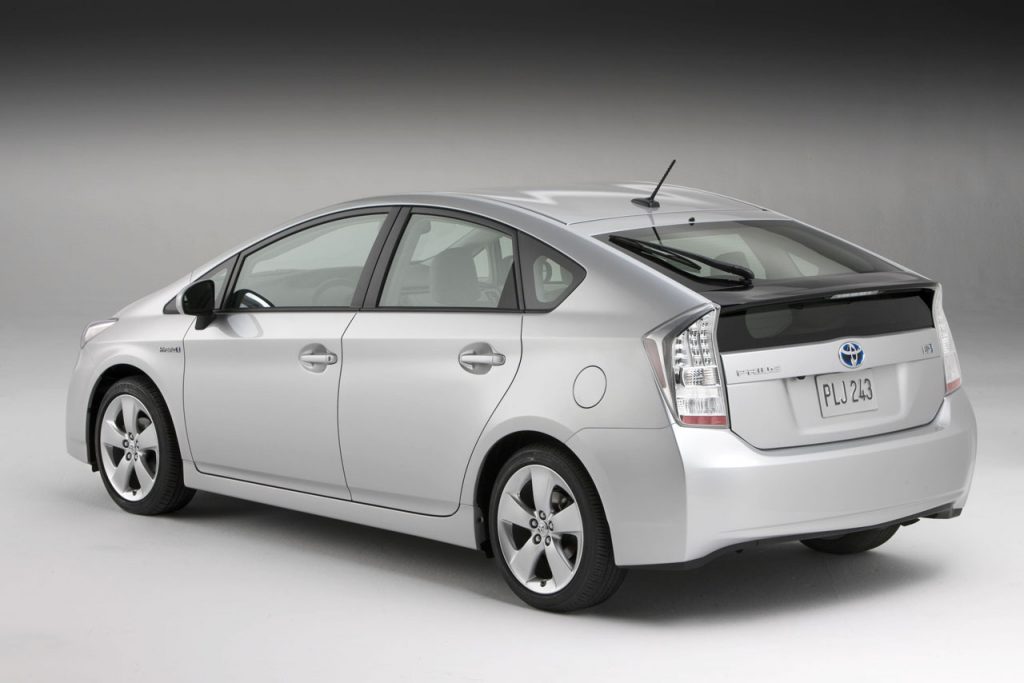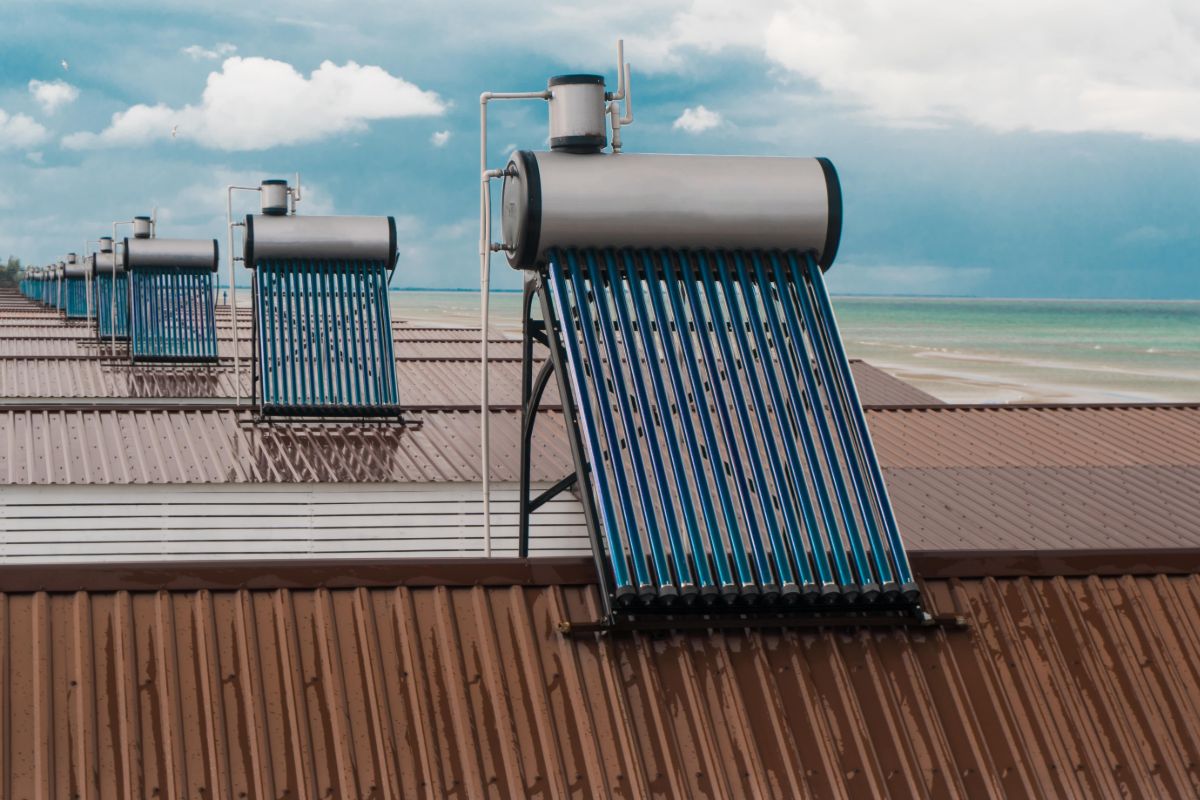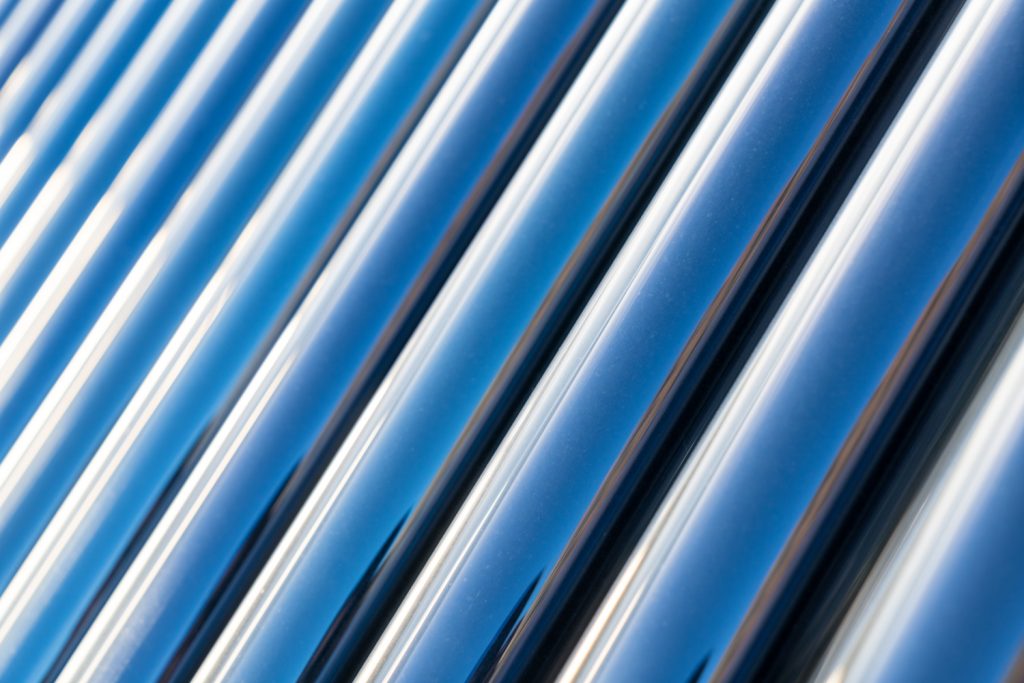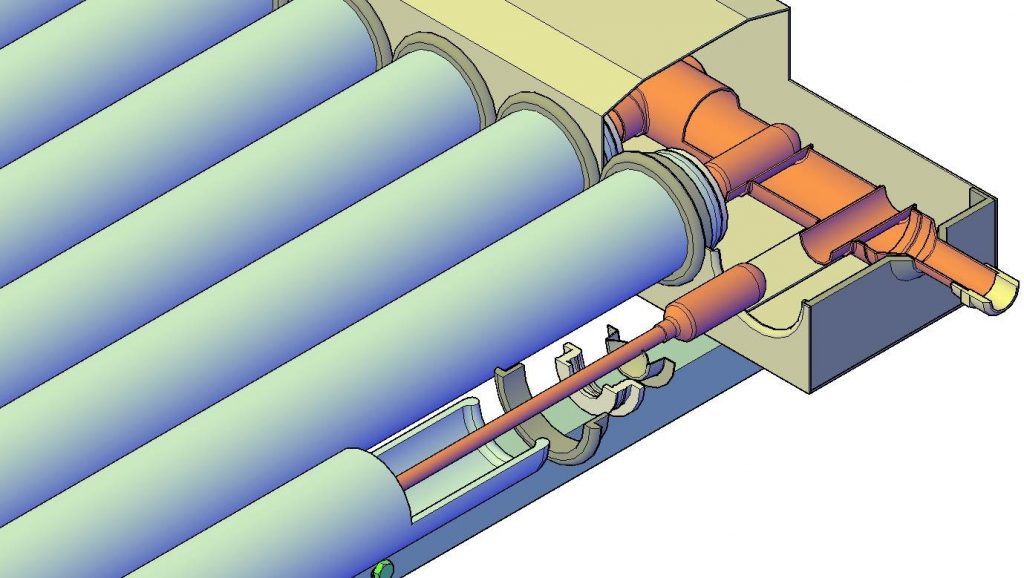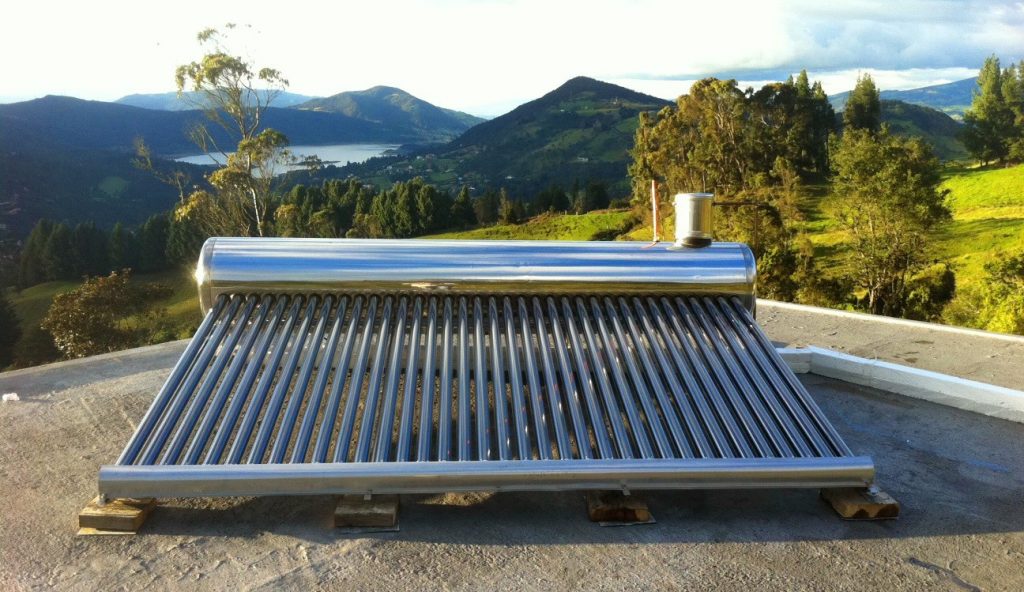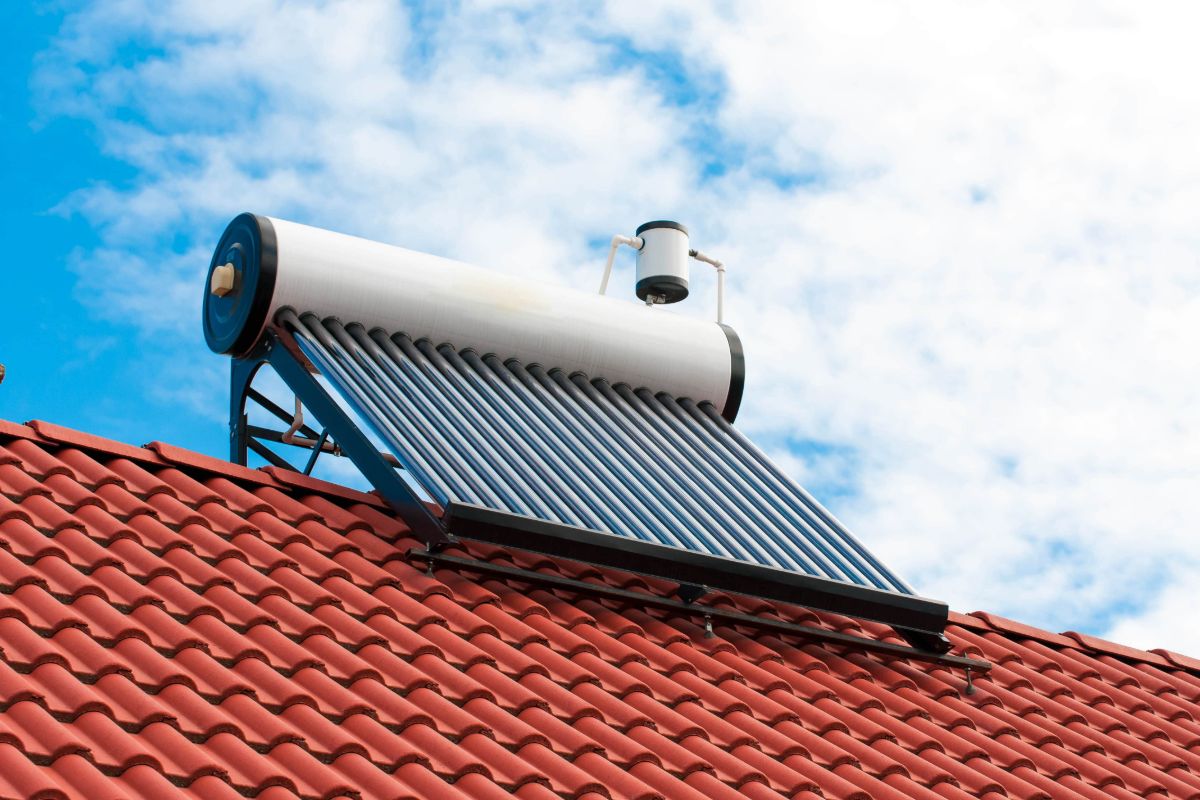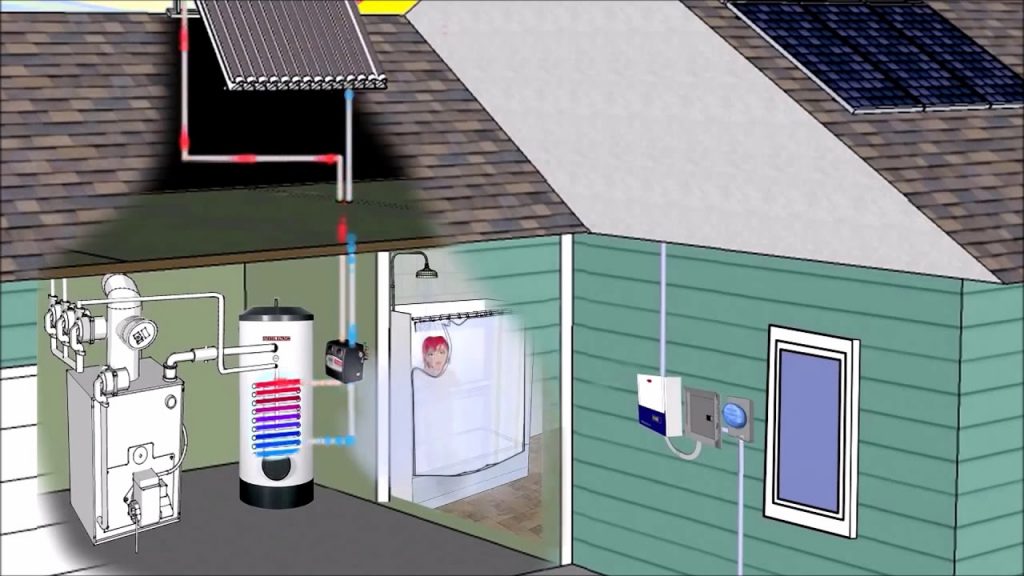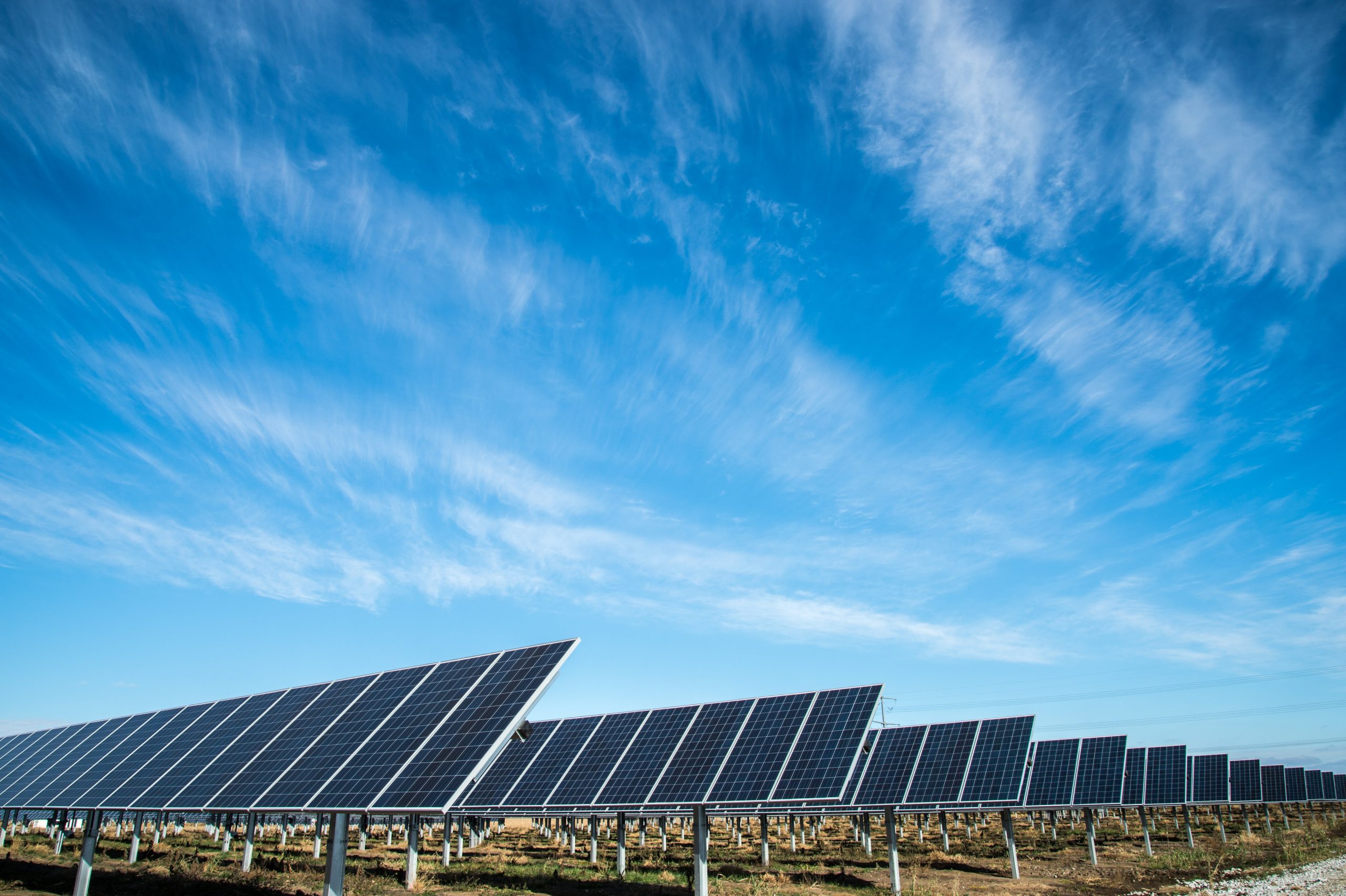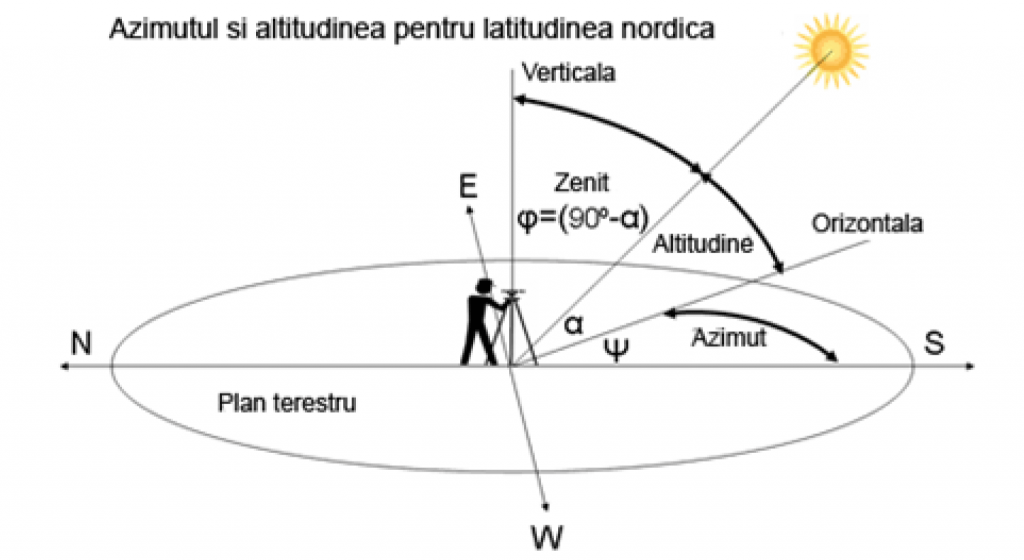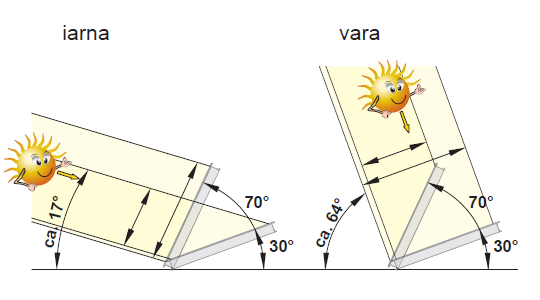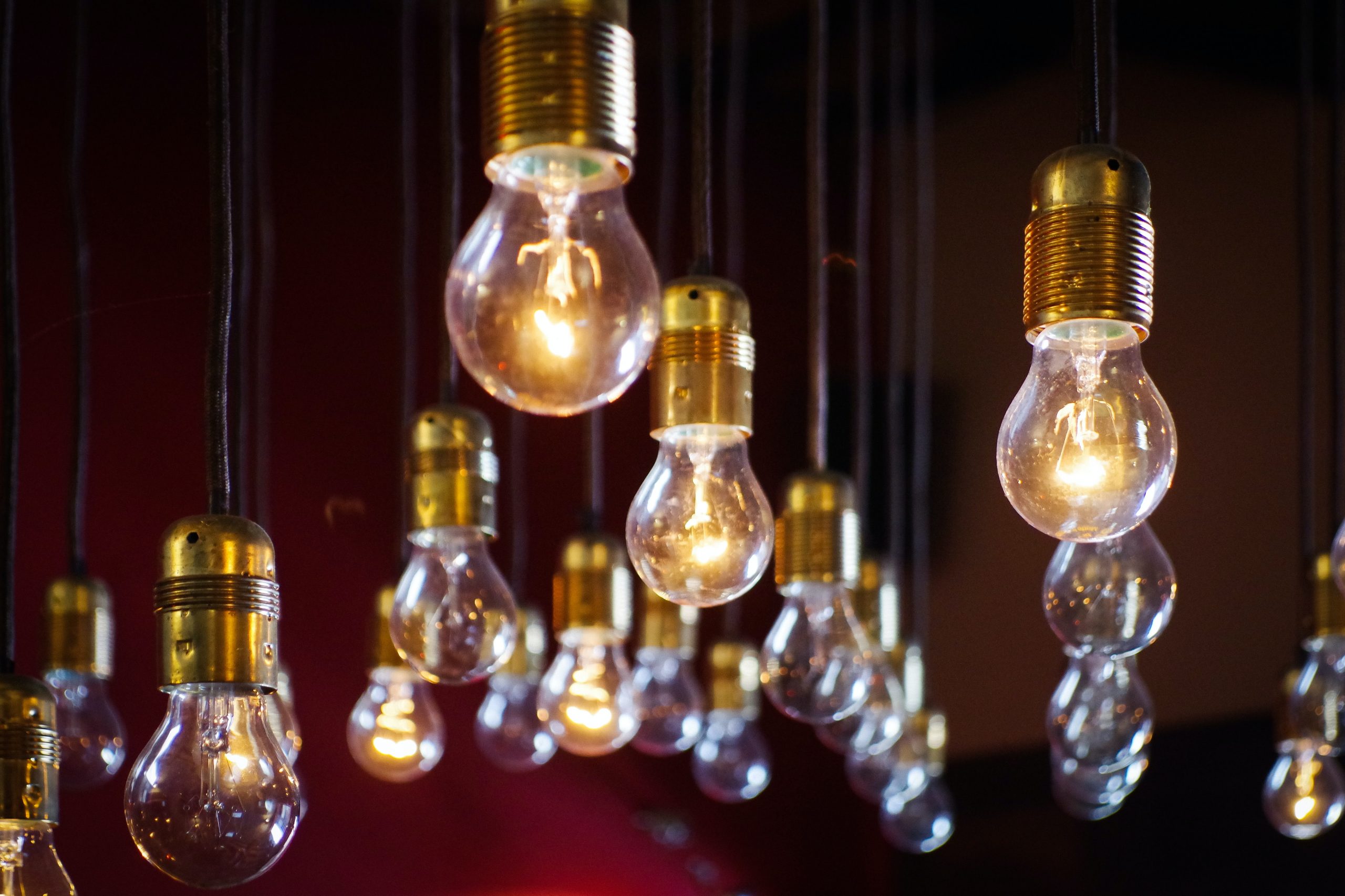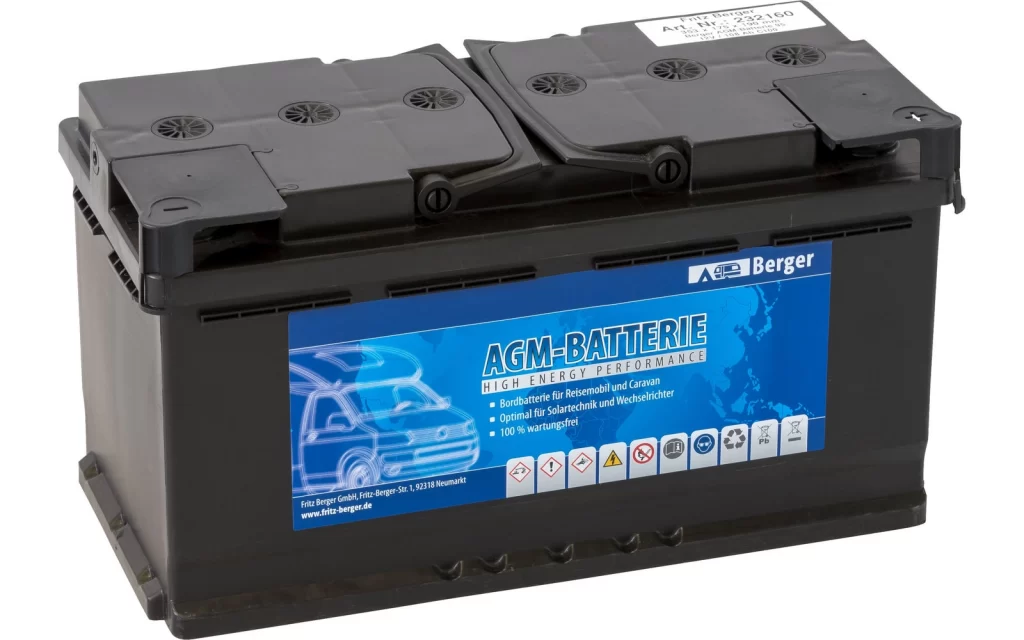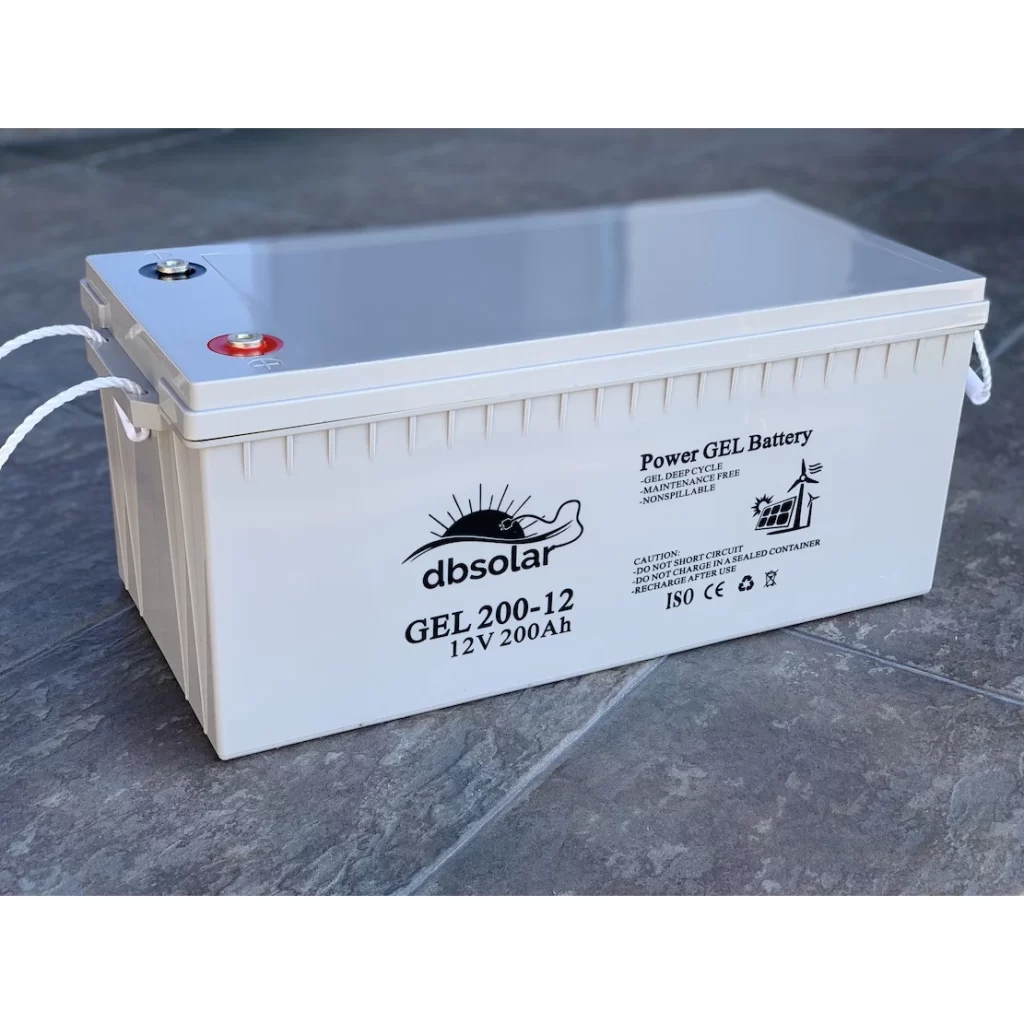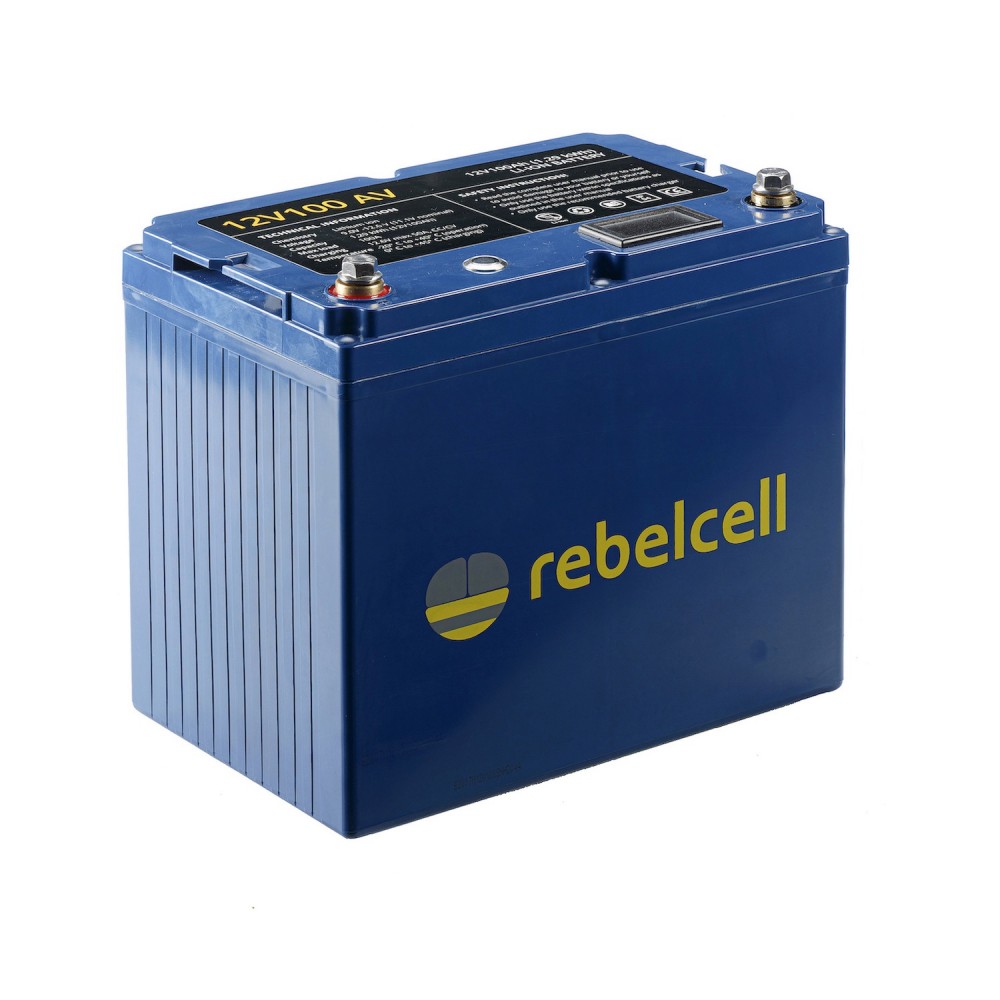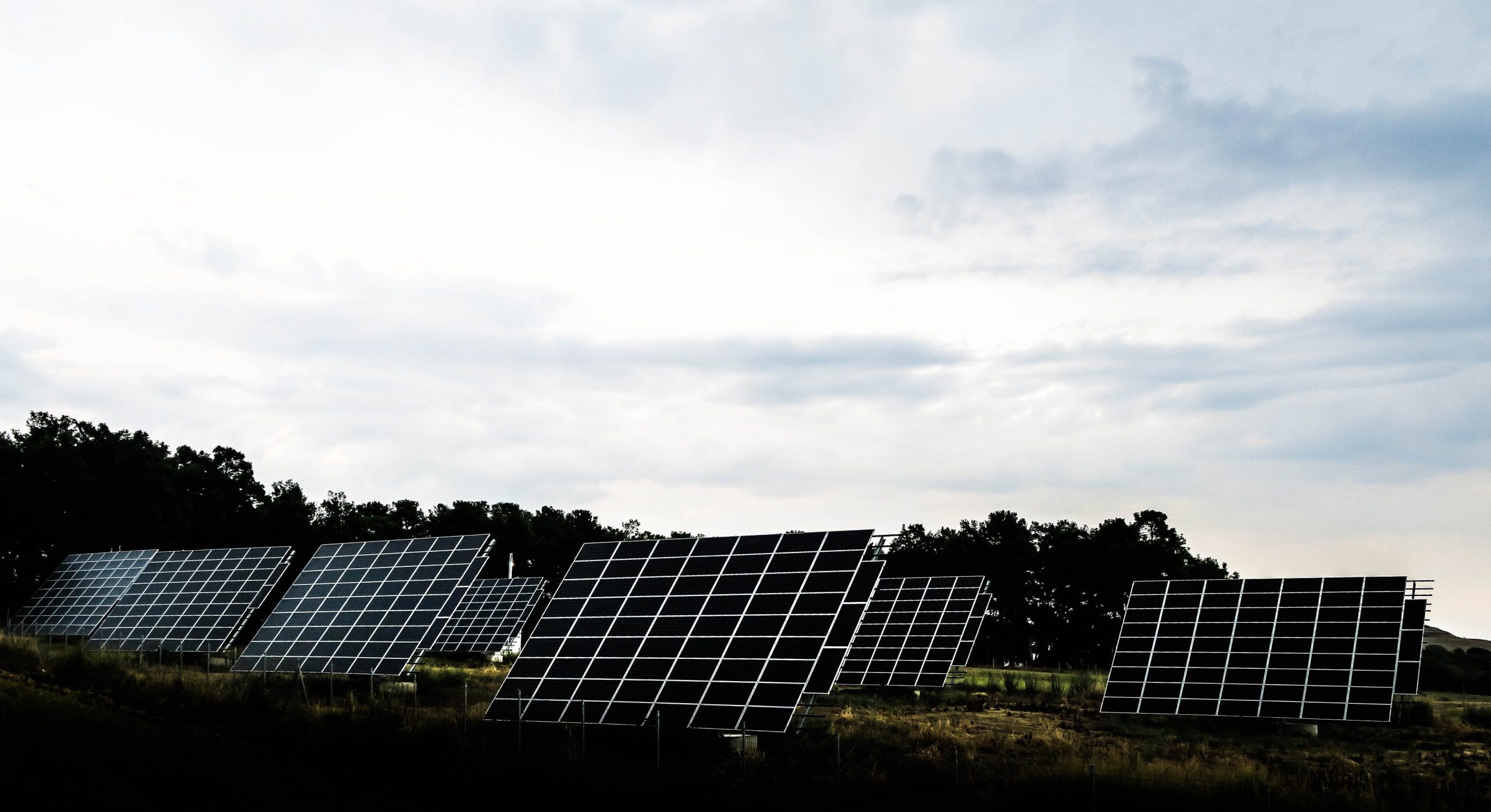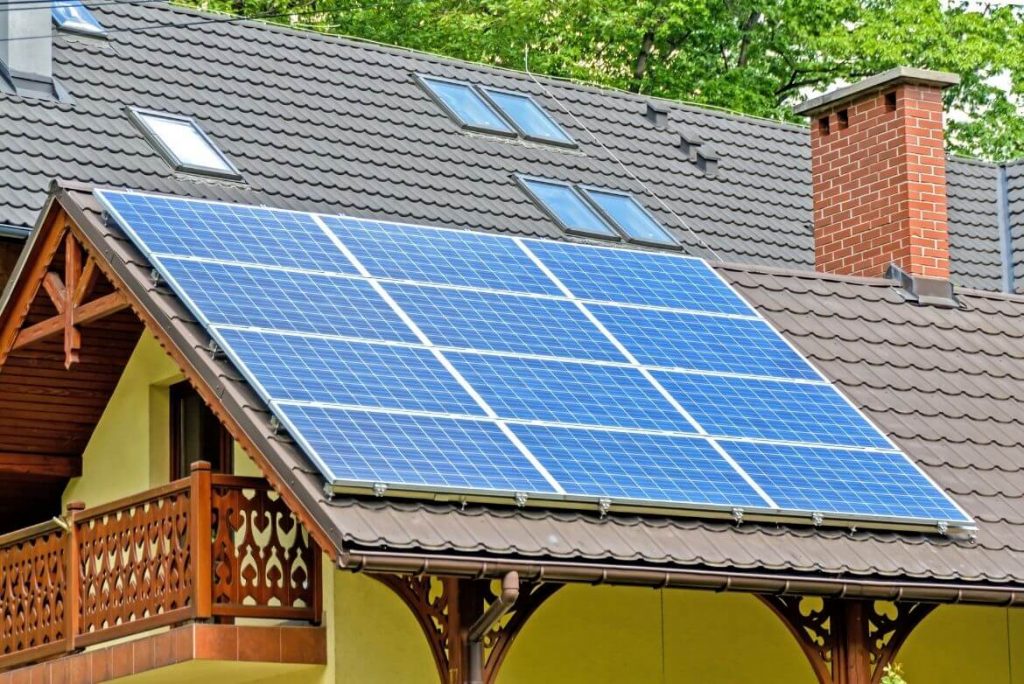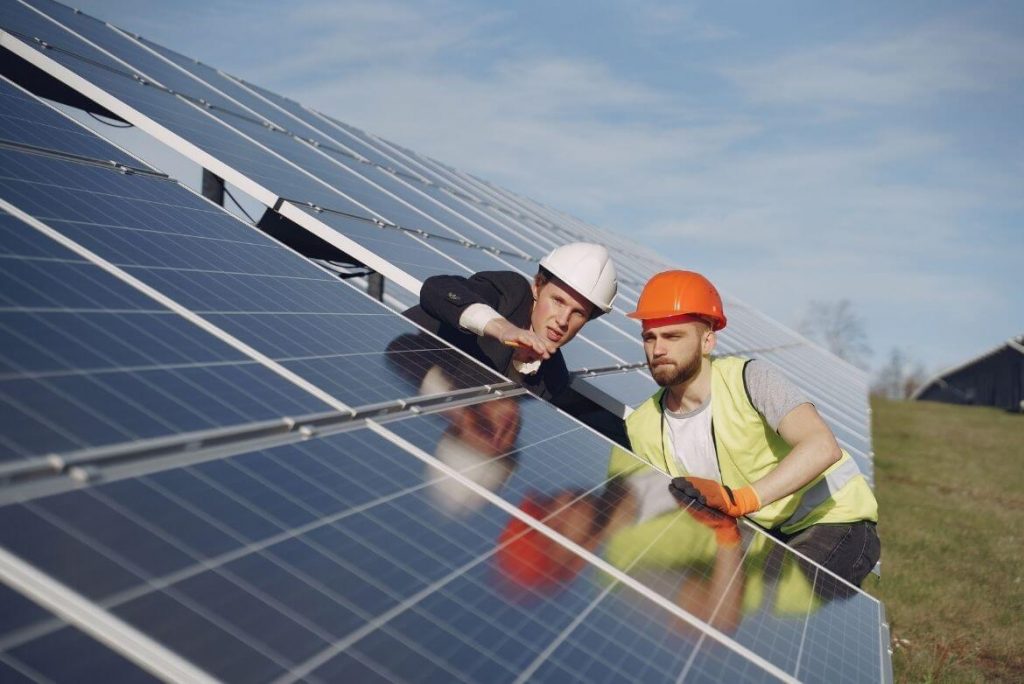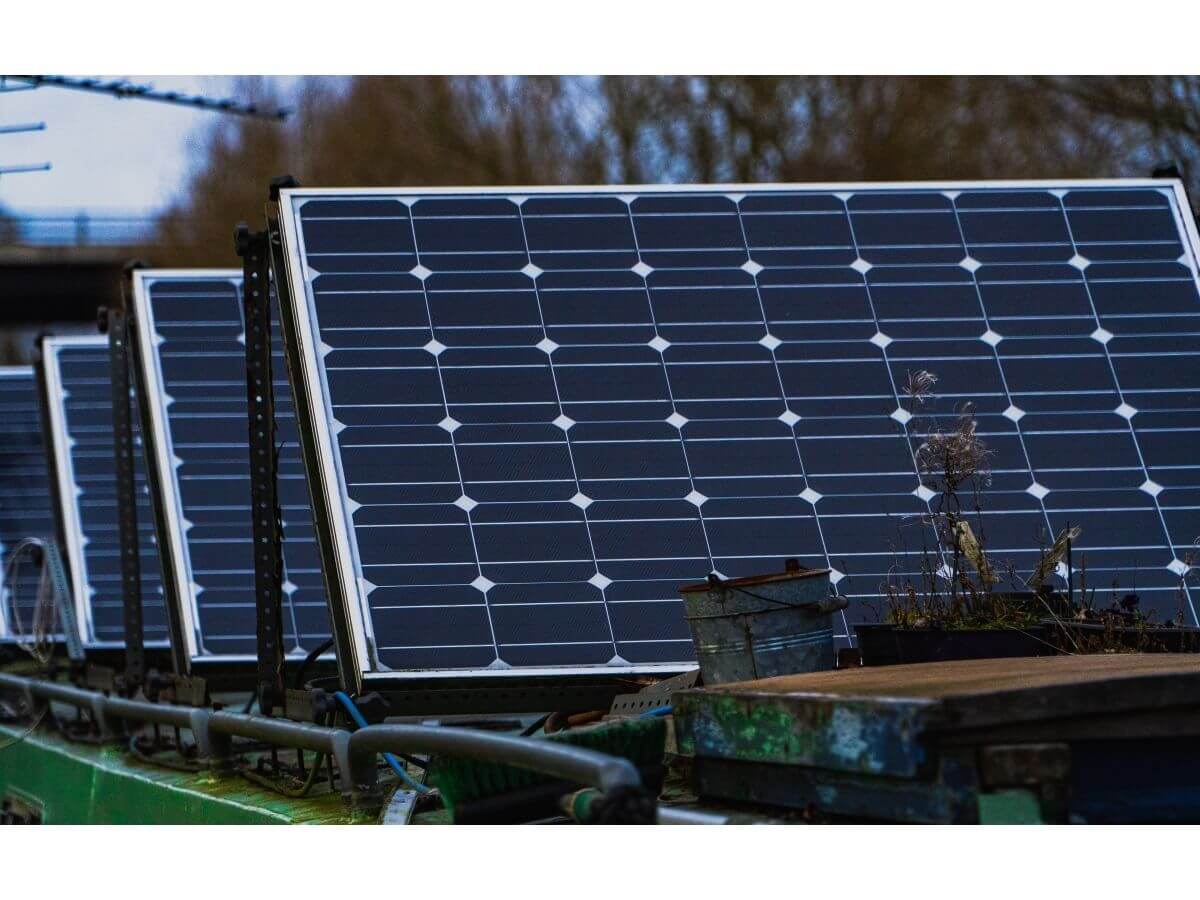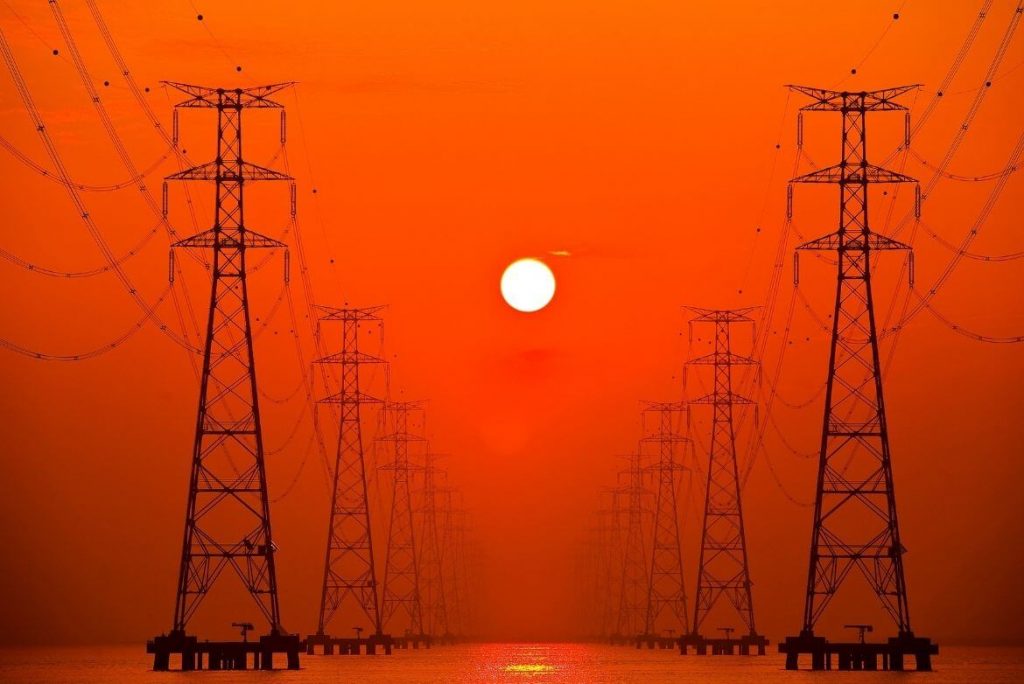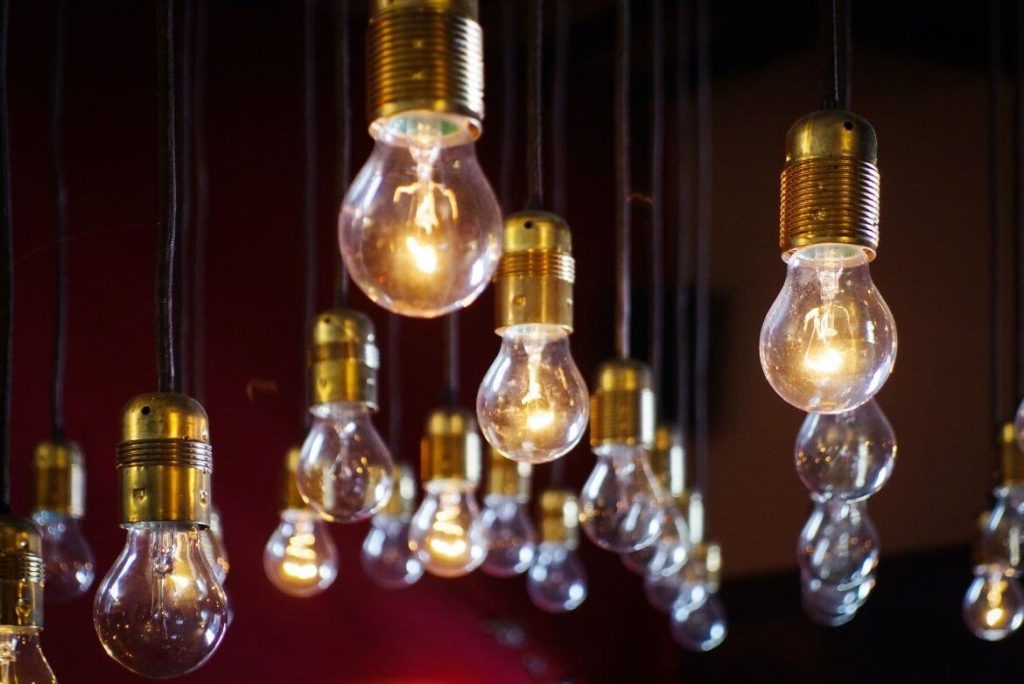The choice of an Off-Grid or On-Grid photovoltaic system is made according to the way in which the home is supplied with electricity at the moment.
Off-Grid Photovoltaic Systems
If your home is in an isolated area, not connected to the National Energy System, then you will have to opt for an Off-Grid photovoltaic system (with batteries).

Off-Grid photovoltaic systems are the most complex on the market, containing:
- Photovoltaic panels (or wind turbines);
- Charge controllers (regulators);
- Solar batteries;
- Inverters.
Unlike On-Grid inverters, those for Off-Grid systems have several functions, which allow you to control:
- supplying energy to different consumers in your home;
- photovoltaic panels;
- the use of alternative sources as fuel generators or cogeneration systems.
On-Grid Photovoltaic Systems
If you are connected to the National Energy System, you can choose between 3 types of On-Grid photovoltaic systems:
- Photovoltaic system that aims to inject all energy production into the national grid (or Full Feed-In System).
- Complex photovoltaic system, where the priority is the consumption of energy by you, for your home, and the National Energy System acts as a back-up, providing you with additional energy if needed or receiving surplus energy produced by your system.
- Hybrid photovoltaic system (On-Grid with batteries) that helps you store the surplus energy produced by your panels. In this case, the National Energy System only serves as a back-up in case of overconsumption, charging the batteries when needed or even taking over the surplus energy if the batteries are already fully charged. These types of photovoltaic systems require hybrid inverters with built-in charge controllers.
The performance of an On-Grid photovoltaic system is determined by:
- Efficiency and quality of photovoltaic panels: geographical location, orientation and degree of inclination of the roof, manufacturer;
- Efficiency of inverters: they strictly depend on the manufacturer.
It is important to remember that for the installation of an On-Grid photovoltaic system, you need a Technical Connection Approval (ATR), to connect the panels to the National Energy System.
